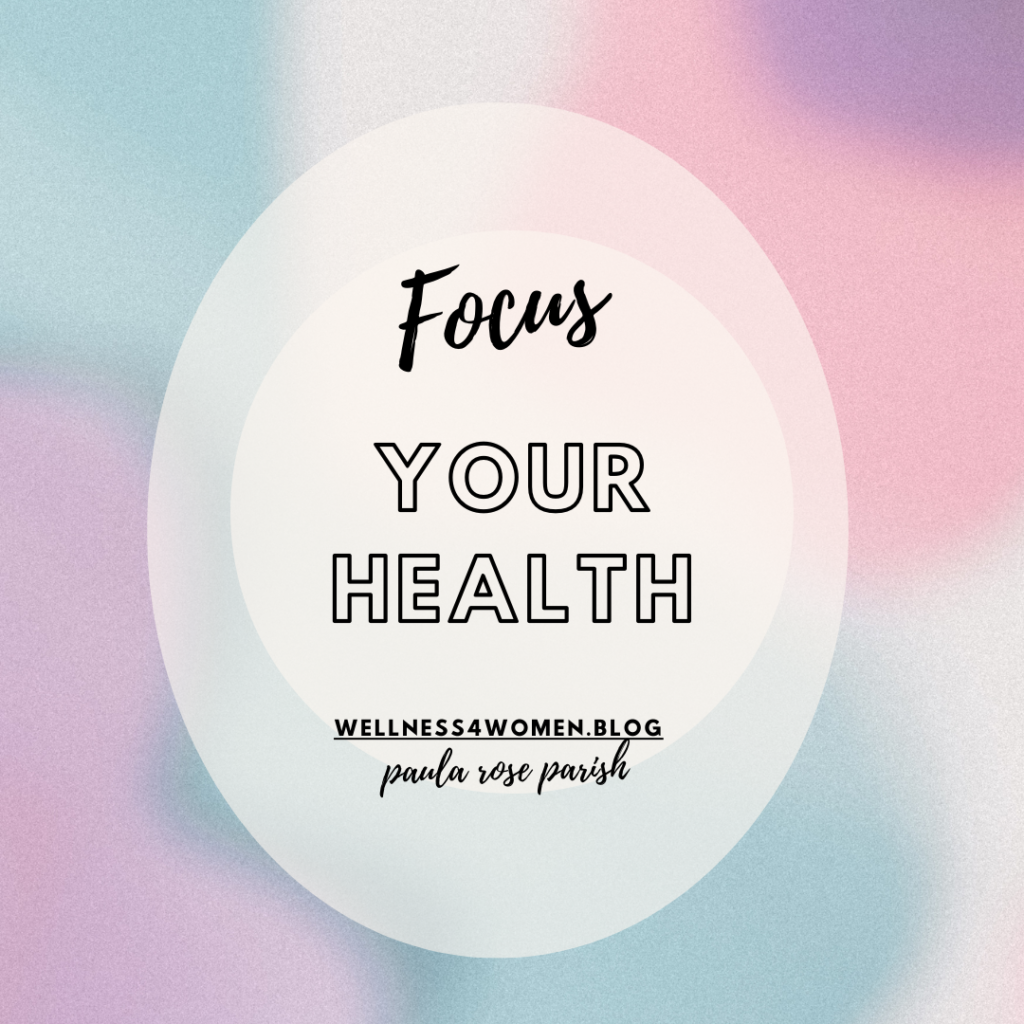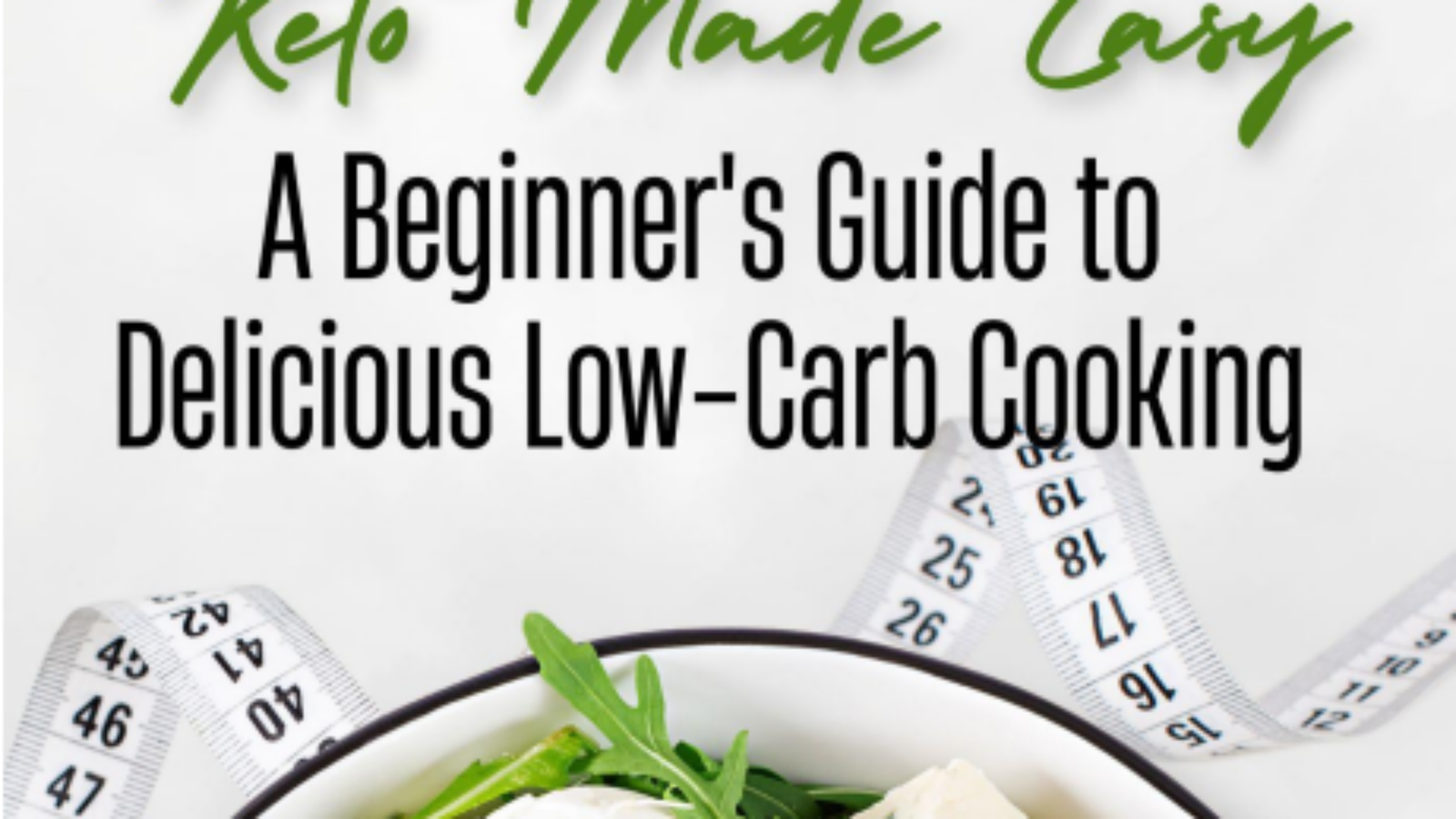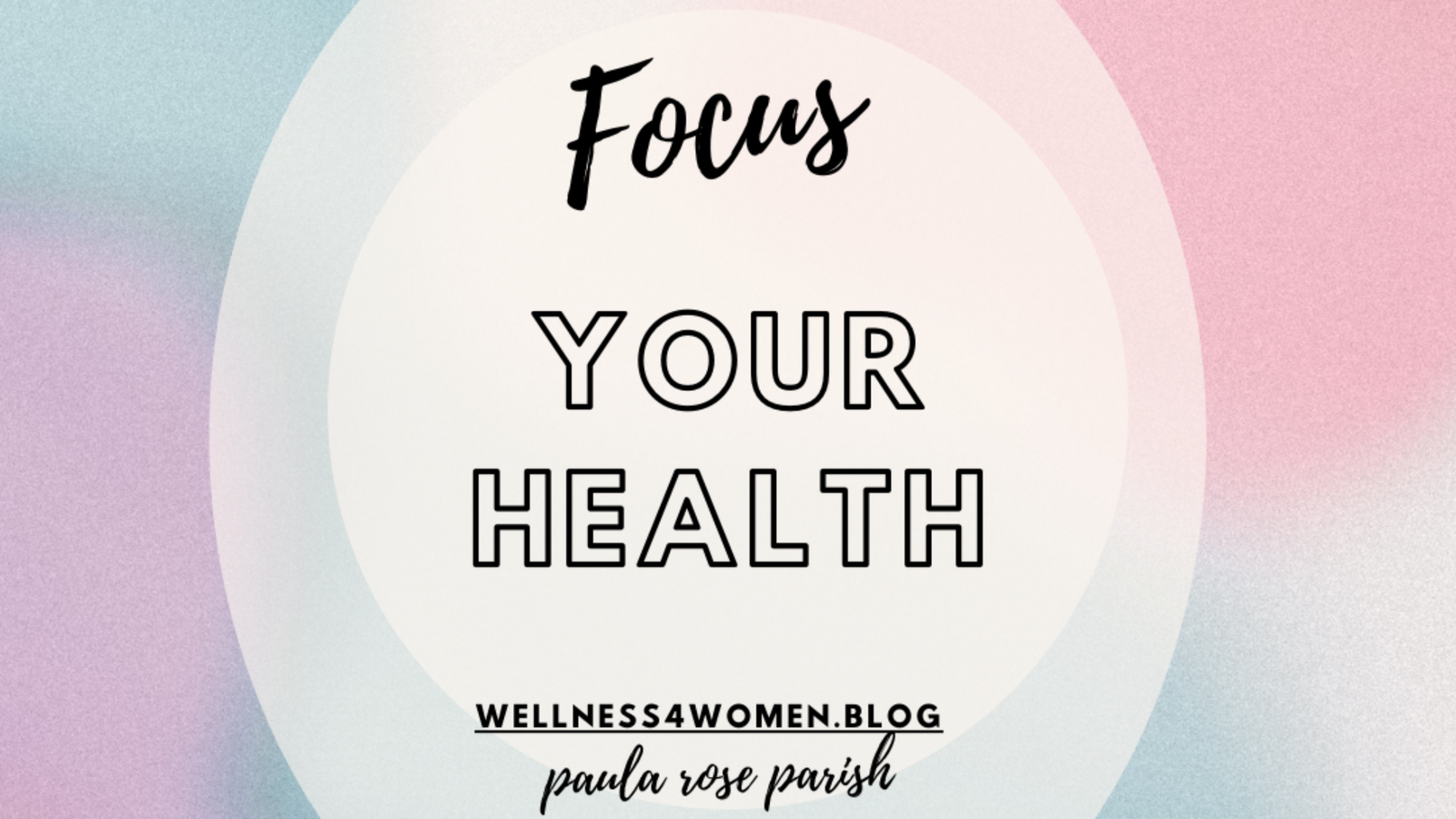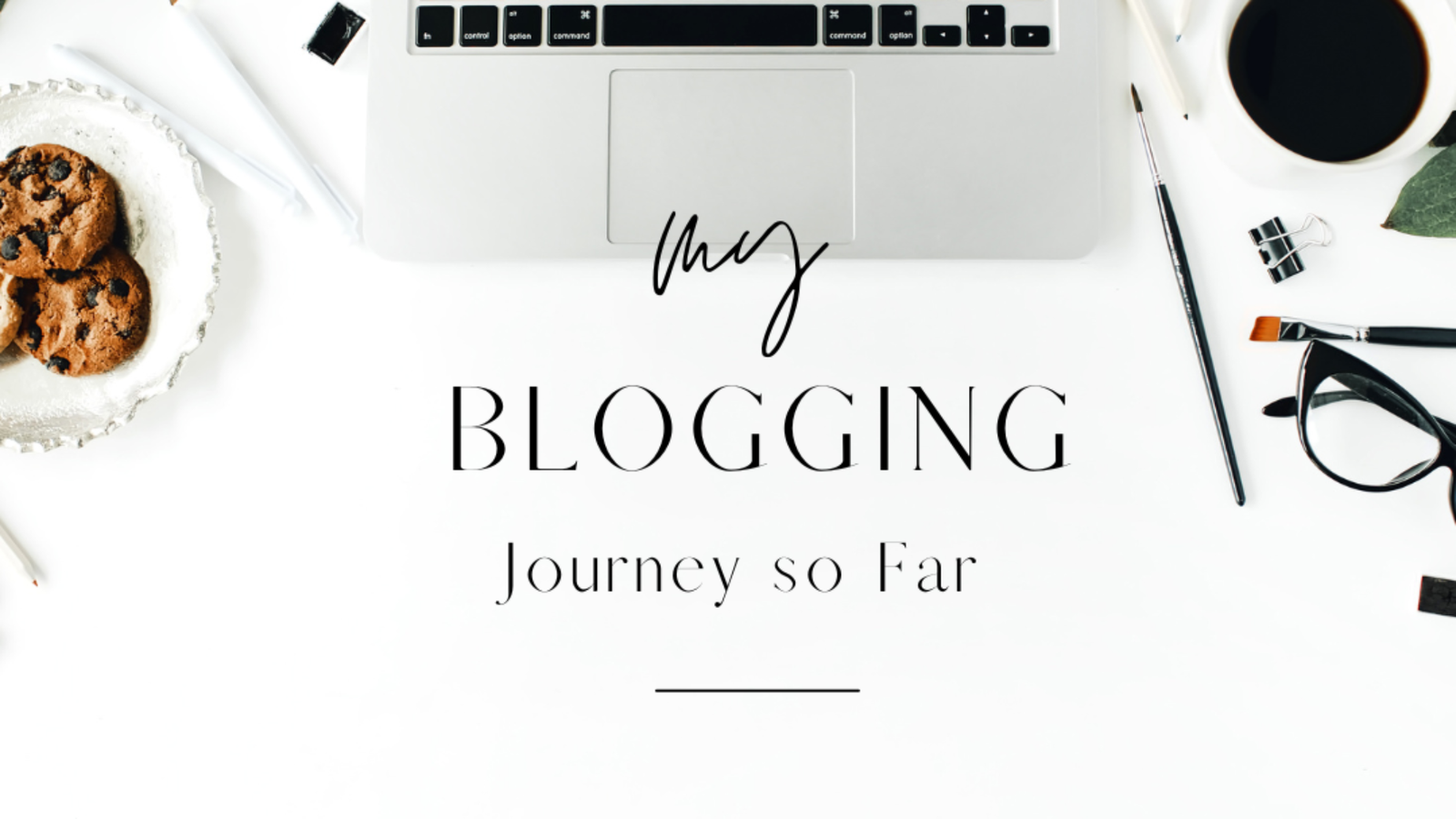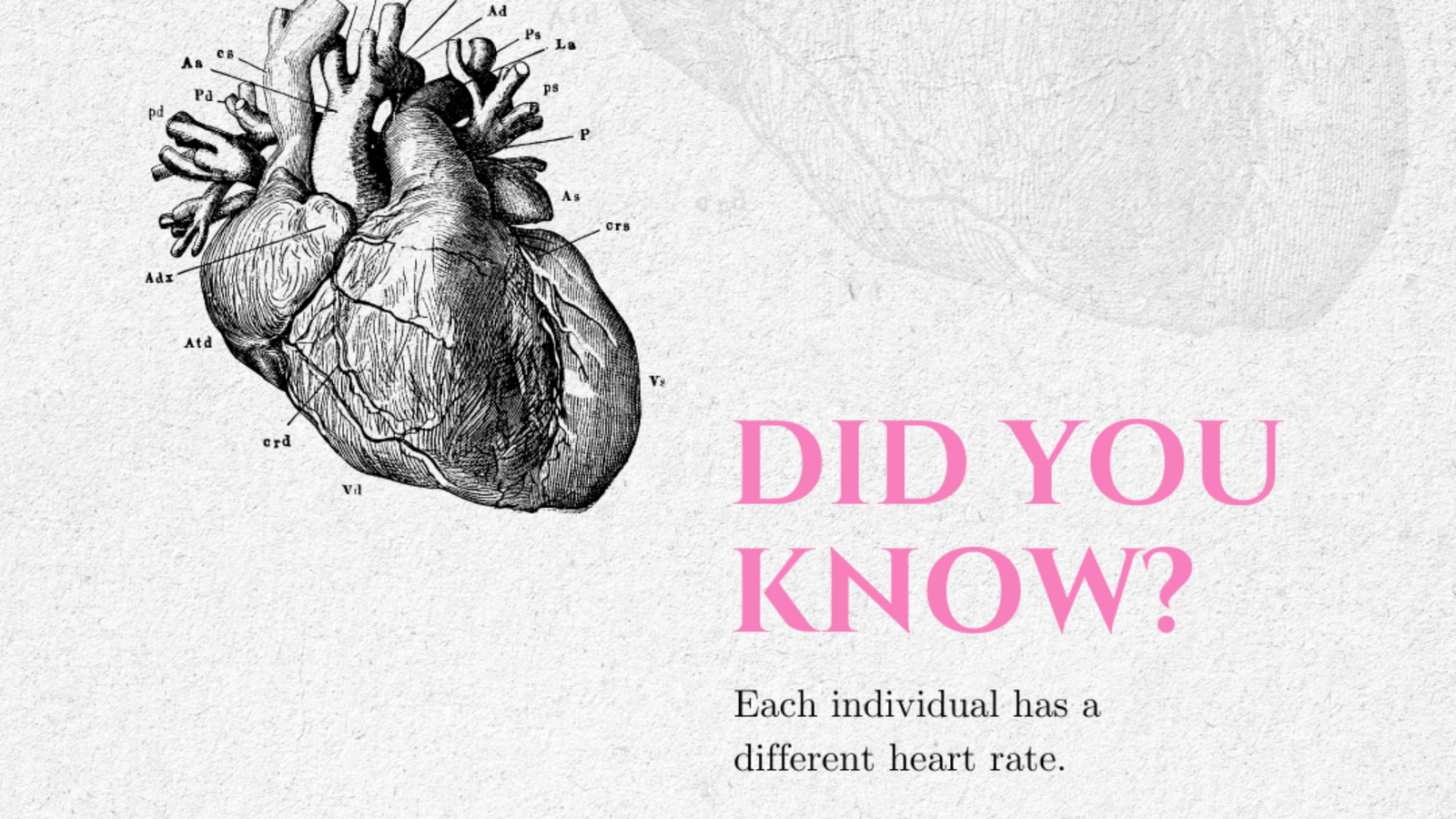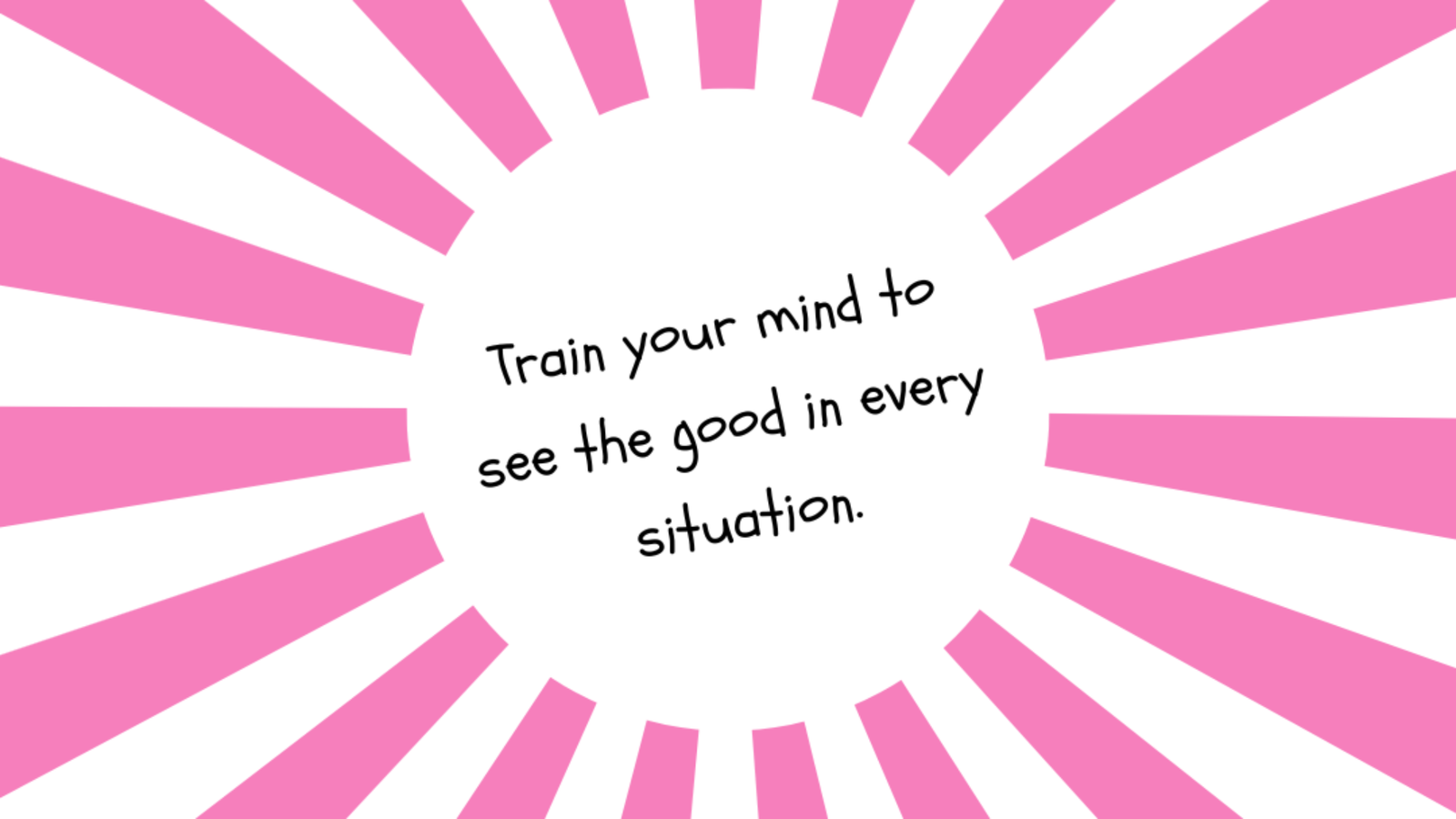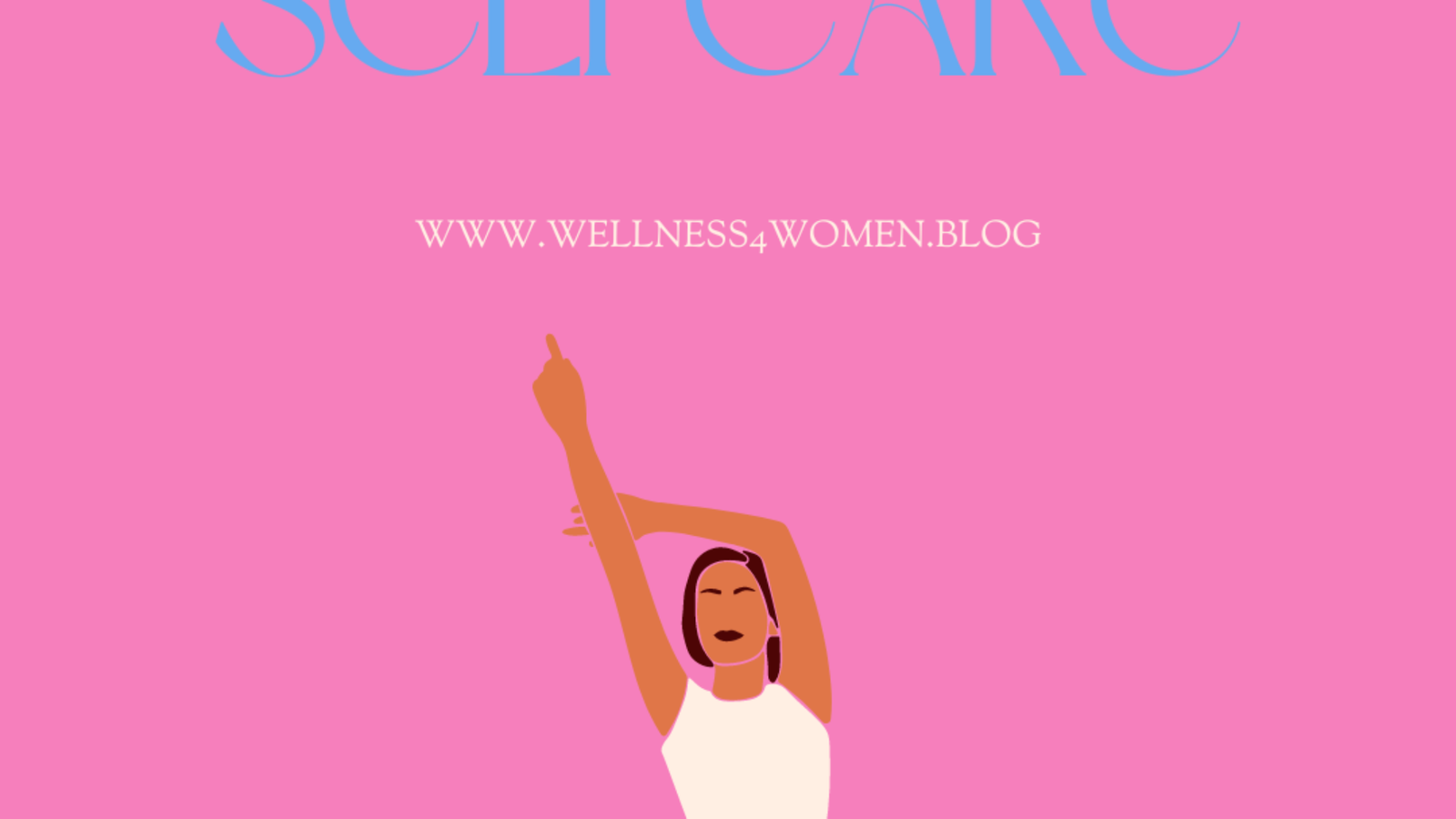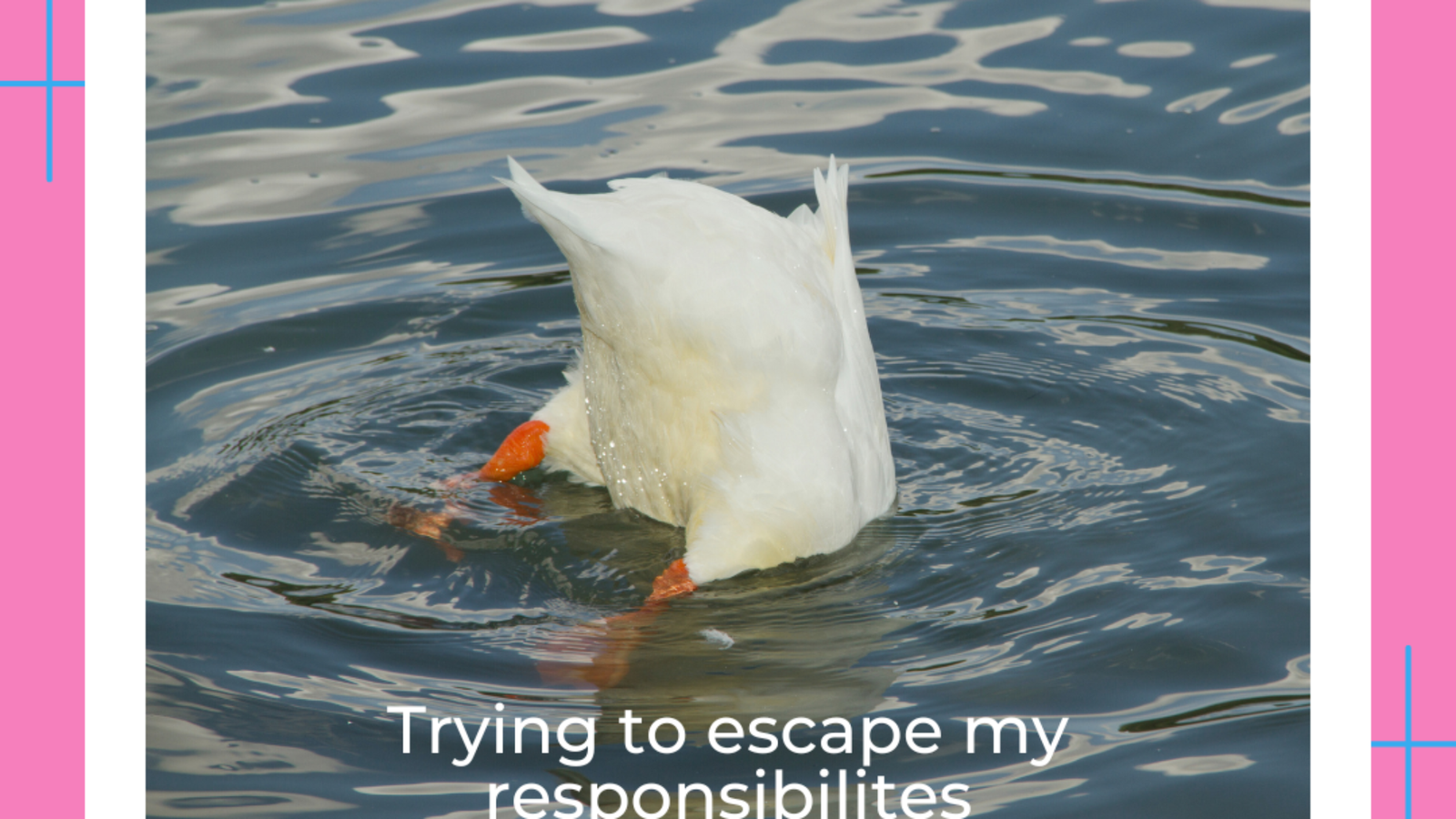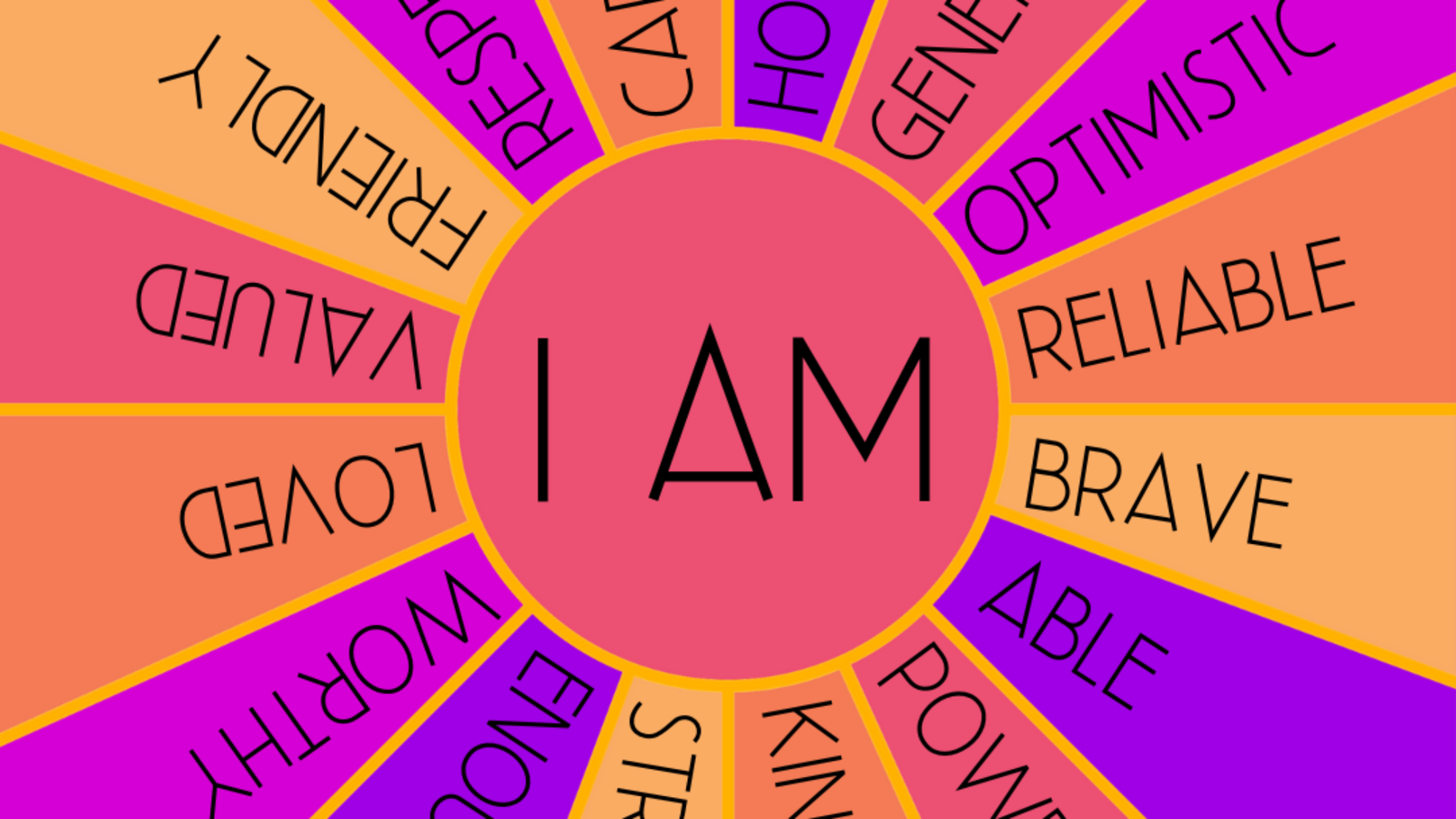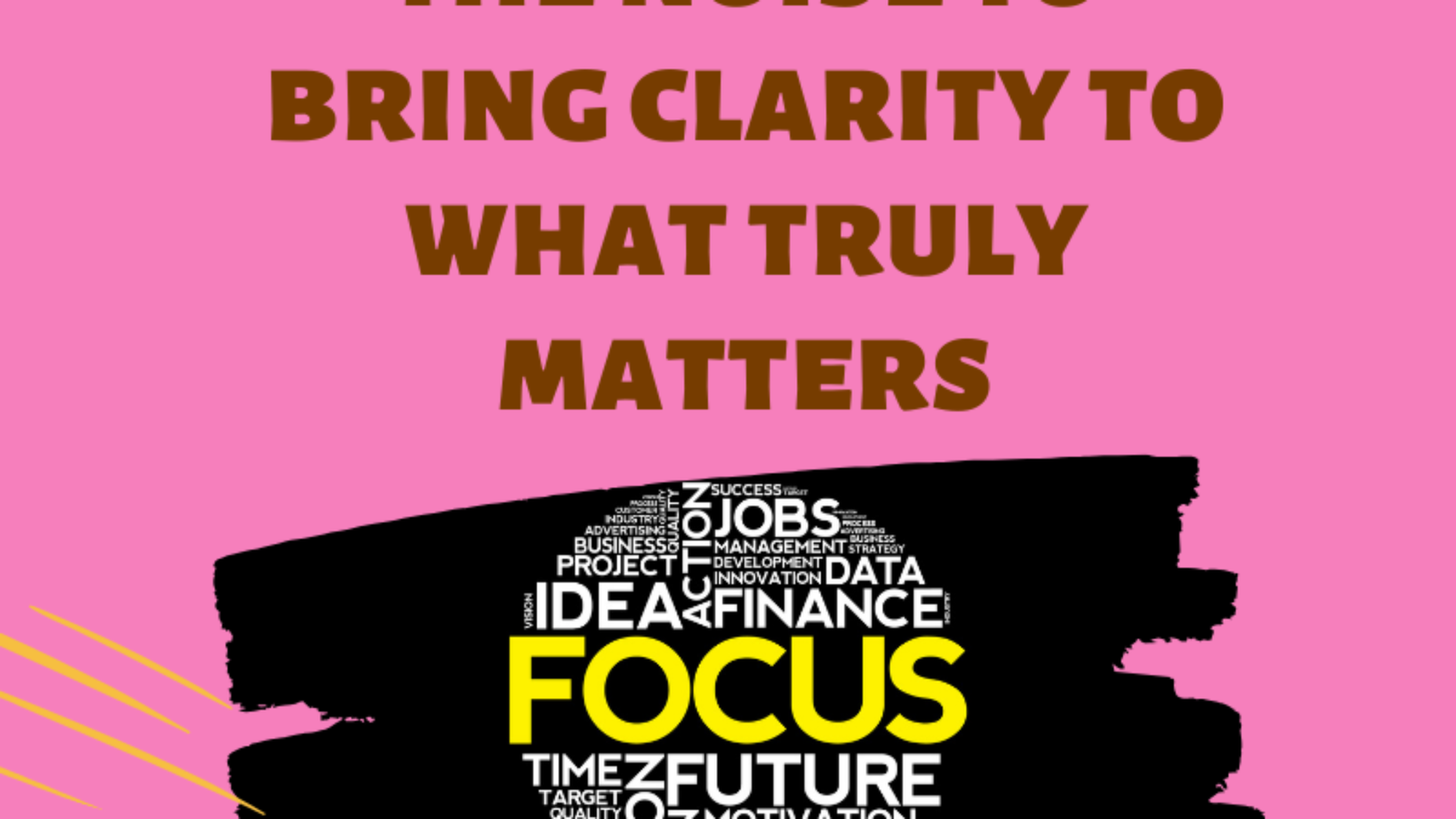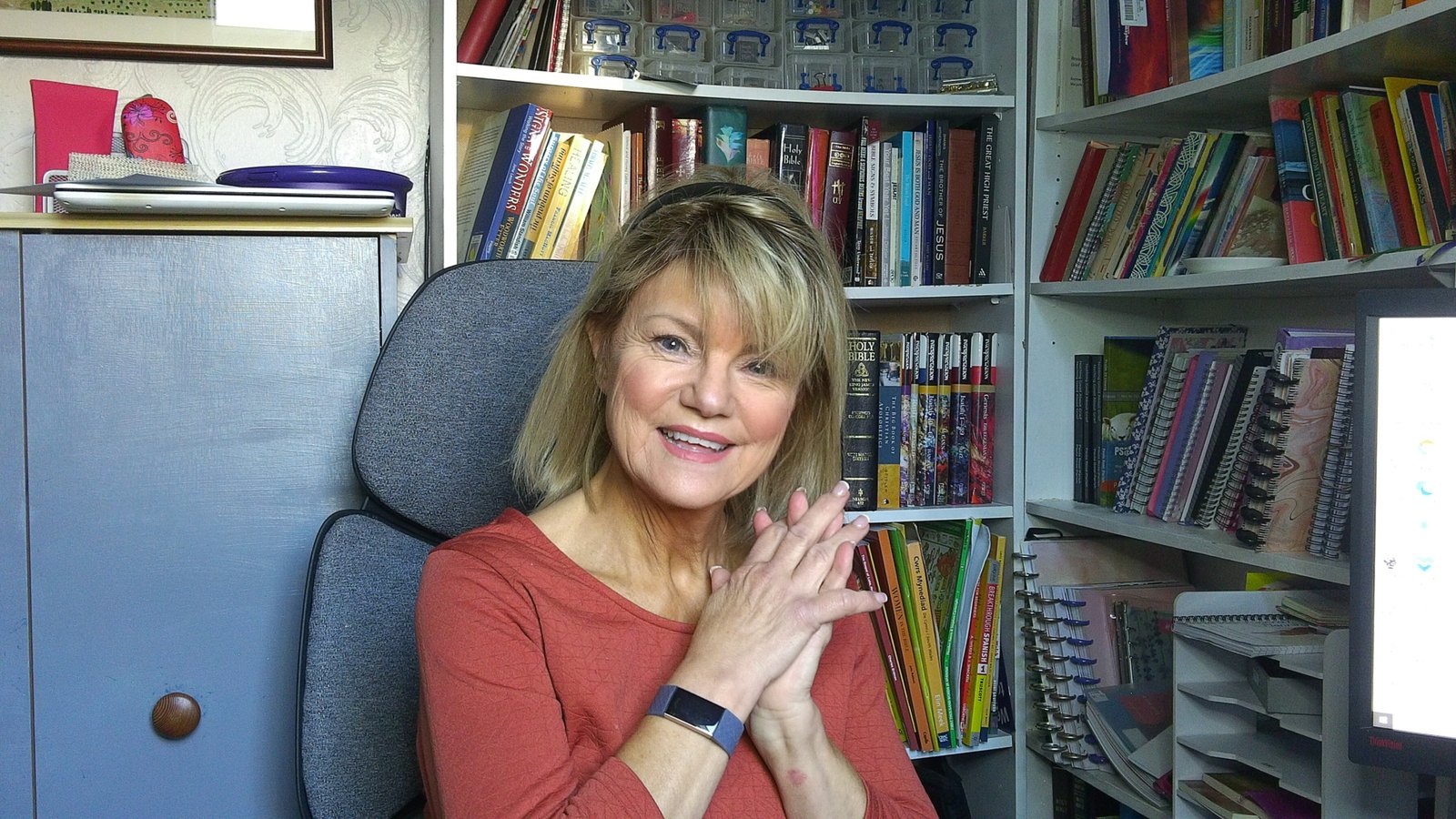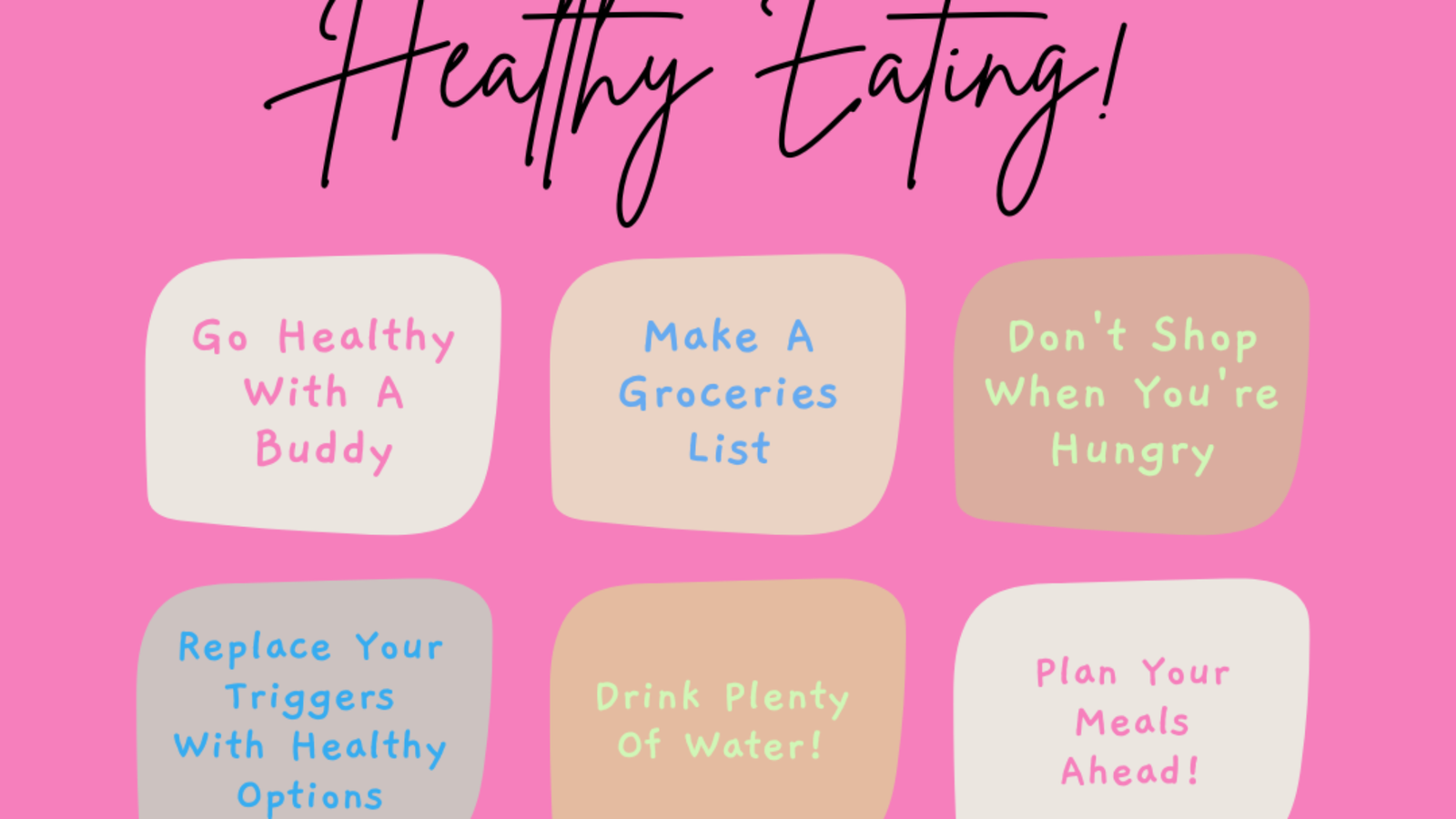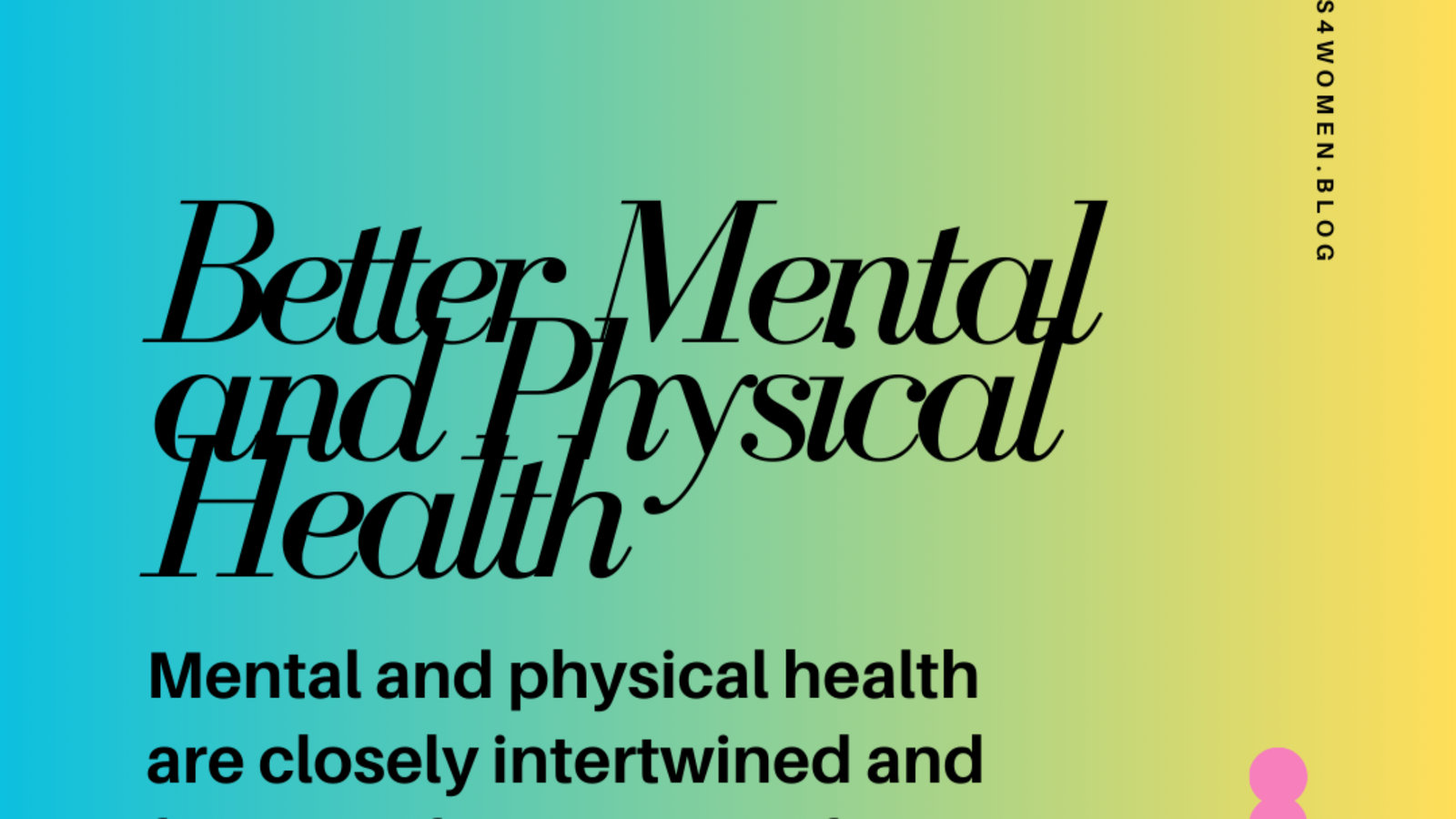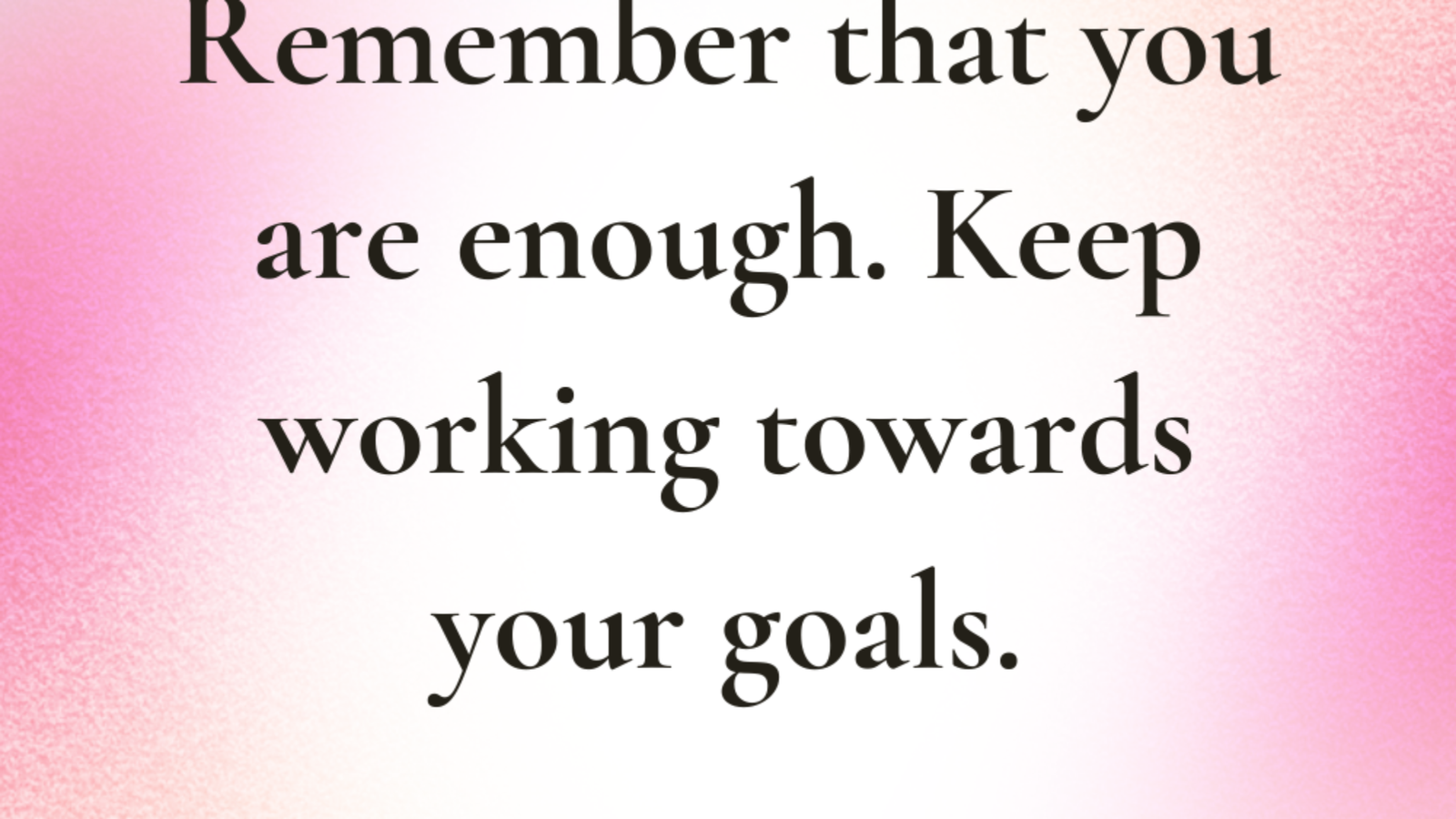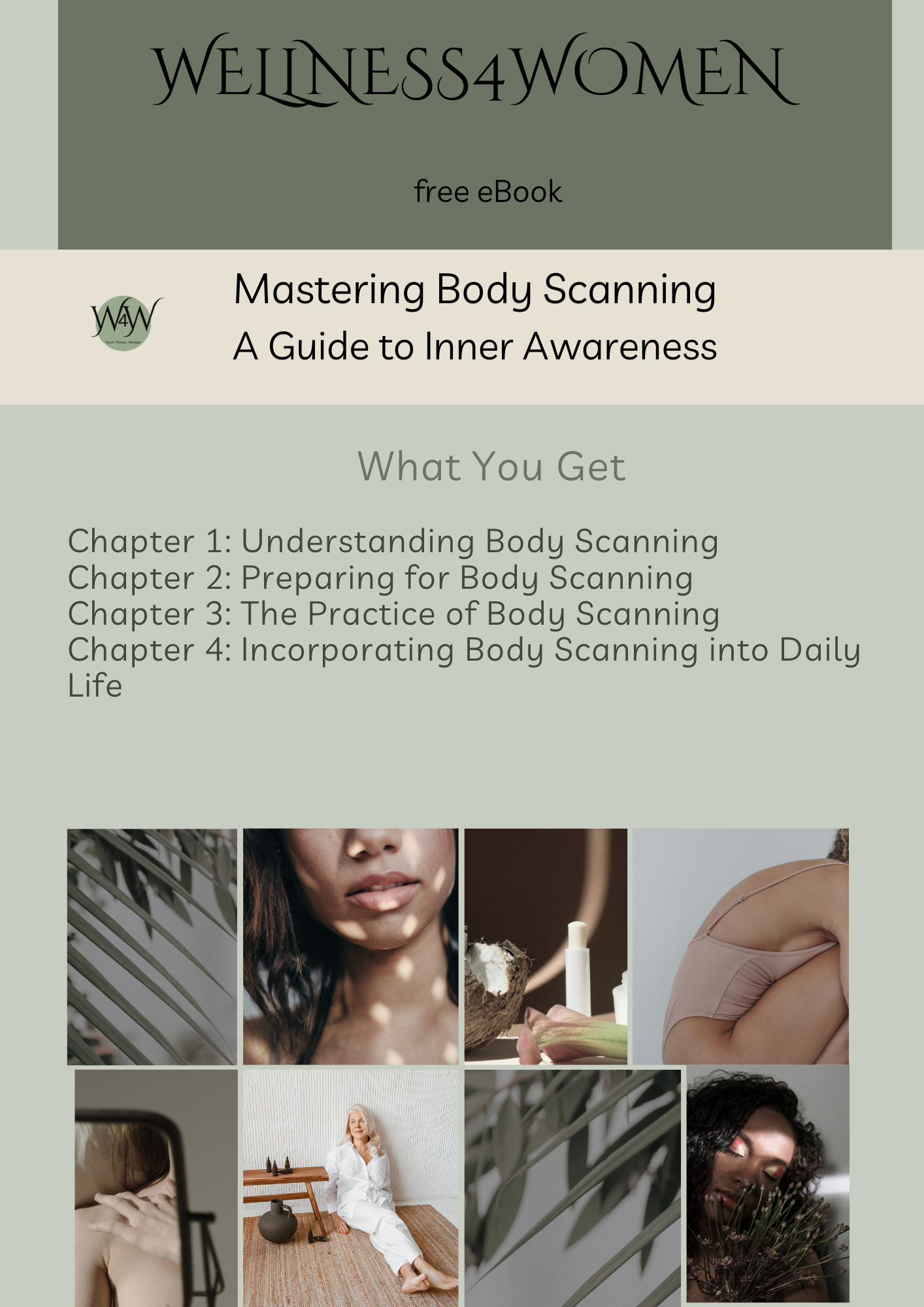Anxiety manifests as excessive worry, nervousness about various aspects of life, and an overall uneasiness about the future.
Navigating Mental Illness Through Faith
No one asked me about my circumstances…..
How Decisions Lead to Positive Outcomes.
It’s not easy to make short decisions like clockwork. Those who fail are true experts who have mastered their craft.
The Impact of Christian Faith on Women’s Mental Health
Forgiveness is a powerful act that encourages emotional healing. For many women, harboring resentment can lead to stress and anxiety
Embracing the Imperfect at Christmas
Happiness at Christmas doesn’t come from perfection but connection and mindfulness.
How to Cope with volatile relationships.
Here are several strategies to help you navigate situations and maintain your well-being:
How to Lose Weight Safely and Permanently
A balanced approach that combines healthy eating, regular physical activity, and smart lifestyle habits.
Is Blogging Worth the Time?
Do you spend hours and hours writing blogs only to get minimal or no views?
How to Help a Friend to Survive Domestic Violence
Perhaps in the past, one of your friends had an abusive partner. And maybe you didn’t know what to do to help. The following strategies will inform you how to help a survivor of domestic violence.
1. What is Physical Abuse?
My spouse told me I upset him- it was my fault- and I believed him.
My Essential Guide To Heart Health
Without a healthy heart, we cannot prevent disease. In my wellness practice, I encounter women who do not know how to care for their hearts to prevent disease. In this article, I share my Essential Guide To Heart Health. Here, I share a few simple facts that will inform you about your most precious organ.
The heart is an important part of the circulatory system, and it’s responsible for pumping blood and oxygen throughout the entire body.
Take a moment to get in tune with your heart by placing two fingers against your neck just below your jawline. You can also try placing two fingers on your wrist, just below the base of the thumb. That bump bump feeling is your heart in action. It’s working hard to keep you alive and supply blood and oxygen to all the necessary areas in the body.
You can tell a lot from a heartbeat, including:
- The beating of a human heart can indicate if a person is healthy or not.
- It can also tell if you’ve recently exercised, experienced something alarming, or spotted a romantic interest across the room.
- The heart can even be used to detect lies, because the heart begins to beat faster when a person feels stressed or uncomfortable.
The heart is an incredible organ that works hard every day. The adult heart beats between 86,000 and 144,000 times each day.** Children tend to have a faster pulse than adults which means their hearts tend to beat between 100,000 and 158,000 times a day?—?amazing!
A healthy heart is exceedingly beneficial to the human body, but an unhealthy heart can cause numerous health issues. In fact, in most western countries, heart disease is the leading cause of death for men, women, and people of most racial and ethnic groups in the United States.
Some people are born with heart conditions, while others develop them over time. For some, heart issues are an unavoidable reality. For many others, the risk of heart disease can be significantly lowered with a healthy lifestyle.
A Closer Look at the Human Heart
The human heart serves an essential function in the body, but what is it and how does it work? What is unique about the heart and why is it so important to maintain a healthy heart? This section will give you a better understanding of the marvel that is the human heart.
What is the Heart?
The human heart is a muscular organ in the circulatory system that supplies oxygen and nutrients (in the blood) to tissues in the body. It is also responsible for removing carbon dioxides and other waste as it circulates in and out of the heart.
The heart rests at the centre of the body, slightly left of the centre. The adult human heart weighs between 8 and 12 ounces. Men’s hearts tend to weigh a bit more than women’s.
Parts of the Heart
The human heart has four chambers:
- Right ventricle
- Left ventricle
- Right atrium
- Left atrium
The bottom chambers: The right and left ventricles are responsible for pumping blood out of the heart. The right ventricle receives blood from the right atrium and then sends it to the lungs, which can be filled with oxygen. The left ventricle, the strongest chamber in the heart, pumps the oxygen-rich blood back into the body.
The top chambers: The right and left atrium are responsible for receiving blood entering the heart. The right atrium receives blood from the veins and then sends it on to the right ventricle. The left atrium receives oxygenated blood from the lungs and passes it on to the left ventricle.
What is Blood Pressure?
Blood pressure refers to the force used to pump blood and oxygen throughout the body. The heart creates this force.
When a doctor or nurse measures blood pressure, they’re checking to see how much force is used to circulate the blood through the body. Naturally, if your heart is beating faster your blood pressure may also rise, but there are other factors that lead to high blood pressure like smoking, stress, or lack of physical activity.
An unusually high or low blood pressure may indicate a problem in the circulatory system.
Fun Facts About the Heart
- The average heart is the size of an adult fist.
- The heart pumps around 2,000 gallons of blood each day.
- The heart can continue to beat even when it’s disconnected from the body.
- There are around 60,000 miles worth of blood vessels in the body.
- Women have slightly faster heart rates than men on average.
- Every cell in the human body gets blood from the heart except the cornea.
- Heart cancer is extremely rare?—?heart cells stop dividing early in life.
- New borns have the fastest heart rate, and it can be as high as 300 beats per minute.
- Despite popular opinion, your heart doesn’t stop beating when you sneeze.
Common Heart Conditions
There are many types of heart disease and heart conditions, but here we will be discussing some of the most common ones.
Here’s a quick look at common heart conditions:
- Coronary heart disease
- Angina
- Heart attack
- Heart failure
- Arrhythmia
- Valve disease
- High blood pressure
- Congenital heart defects
- Inherited heart conditions
- Sudden cardiac arrest
- High cholesterol
- Heart murmur
How to Care For Your Heart
Some of the things mentioned in the section above are products of genetics or circumstances, meaning there are outside controlling factors that couldn’t have been prevented. For many other heart conditions, lifestyle plays a large part in keeping the heart healthy.
Though lifestyle changes can’t 100% protect you from developing a heart condition, experts believe that they can significantly reduce the risk.
Here are some of the significant ways that doctors, scientists, and heart specialists recommend keeping the heart healthy- follow these important steps:
- Start a heart-healthy diet.
- Maintain a healthy weight.
- Lower your cholesterol.
- Maintain blood pressure within a healthy range.
- Get more exercise.
- Avoid using tobacco.
- Limit alcohol consumption.
- Lower stress.
- Use preventative care and take prescribed medicine.
Virtual Hugs, and Remember to Live Life on Purpose because Your Wellness Matters!

Hello, I’m Paula; I can help you enhance and maintain your health and well-being for a healthier and happier You.
I advocate Holistic living, which is not just about the practice of therapeutic interventions; it’s also about living life authentically—it’s about living Your Best Life!
In my blogs and videos, I share how to approach daily living ‘holistically’ for the healing, health, and wellness of Mind, Body, and Personal Development to be a healthier and happier You.
Affiliate Link: Got a YouTube channel? To Get More Views and Subscribers, click this link to get your free Tube Buddy today. https://www.Tubebuddy.com/pricing?a=Wellness4Women
As a wellness consultant and coach, I am committed to science-based holistic health and prioritise your well-being. I offer free initial consultations for those seeking to enhance their overall wellness.
However, if you have serious health concerns, I urge you to consult your healthcare provider for personalised guidance.
Please Subscribe to my Blog and YouTube channel so that you won’t miss out on posts.
Let’s embark on your journey to well-being together.
Remember, live life with intention because your wellness matters. Paula Rose Parish is a life member of (ISFP) The International Society of Female Professionals. And also earned qualifications in pastoral counselling and theology, a Master of Arts in counselling in professional development, and a BACP in life coaching. Paula Rose is currently working on her health and nutrition certification.
SHOP
Visit our W4W shop, where you’ll find my downloadable self-help books, planners and recipe PDF e-Books in my shop at https://wellness4women.blog
If you wish to connect with me, please do so at paularose@wellness4women.blog
0r paularoseparish@gmail.com
BOOKS
My books are available on AMAZON (coming soon on W4W website)
Paper back & E-Book- Nothing Good about Grief: Path to Recovery with Psalm 23
Paper back-Palm 23 Unwrapped: Hope in Difficult Times.
DISCLAIMER: Remember, your safety is our priority. If you’re new to psychological therapy, exercise, nutrition, or fitness or planning to start, it’s crucial to consult your physician. This blog/video is for educational purposes only and is not a substitute for professional medical advice or treatment. Your health and wellness matters, so please be safe.
#womenhealth #health #women #healthylifestyle #fitness #womenempowerment #wellness #womenhealthcare #weightloss #healthyfood #selfcare #love #motivation #healthy #healthcare #healthyliving #menstrualcramps #endometriosis #womenshealth #womensupportingwomen #menstruation #menopause #fibroid
How to Spend Your Morning Like a Successful Entrepreneur
Every successful entrepreneur seems to have a secret to their success. For some, it’s an ability to think outside of the box and take risks. For others, it’s staying humble, even when faced with huge success. While every entrepreneur is different, you’ll notice that there are also some things that they seem to share
For instance, talk to almost any successful business owner and they’ll tell you that a good morning routine is the key to unlocking endless opportunities.
Here are some of the things you can do to spend your morning like a successful entrepreneur:
Wake up early. While you don’t have to be an early bird to get the worm in business, it often helps. According to Richard Branson, the entrepreneur behind Virgin, wherever he is in the world, he makes a concentrated effort to get up at 5am.
Branson believes that getting up early helps him to spend more time with the family before he gets down to business.
Try going to bed a little earlier than usual and waking up early too. Research consistently proves that many successful people wake up well before the workday begins. How could you spend an extra hour before your commute?
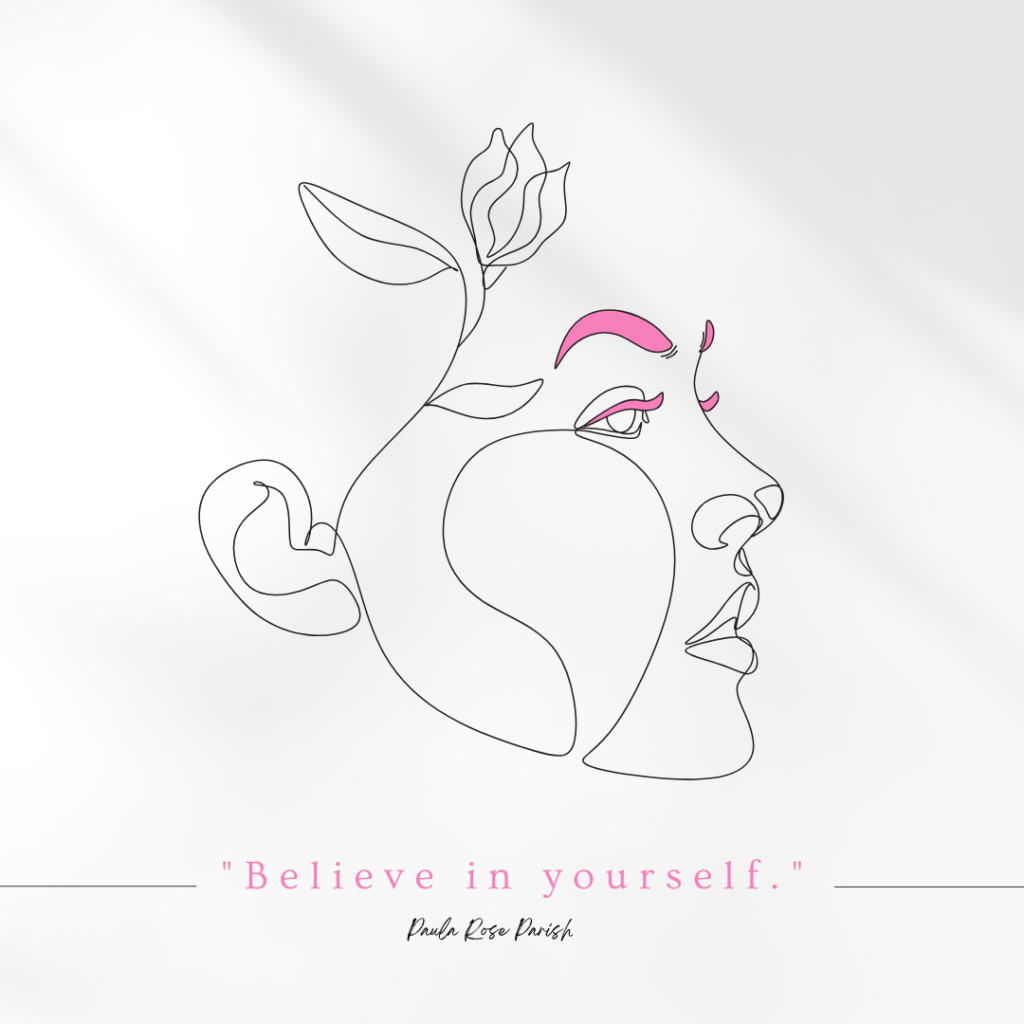
Be Prepared
How long do you spend each morning trying to figure out which tasks you should tackle first? Figuring out a schedule can take a lot of crucial time out of your routine for productivity. That’s why it’s so helpful to plan ahead.
- At the end of each workday, put ten minutes aside to make a list of the things you need to do first the next day.
- This way, you can start your morning by focusing on what you need to do and avoiding anything that might encourage procrastination.
- Exercise can do incredible things for the body and mind. Studies show that regular exercise increases energy levels and strengthens cognitive abilities. A few minutes of sweating before work can also help your body and mind. Studies show that regular exercise increases your energy levels and strengthens your cognitive abilities. A few minutes of sweating before work can also help you to clear your mind for the day ahead and reduce stress.
- If you’re wondering how to use that extra thirty minutes you’ve added to your morning each day, a mini-workout could be just the thing.
- Follow up with a healthy breakfast to nourish your mind, kickstart your metabolism, and give you the energy you need to handle the day. Drink some cold water, too. Huffington Post founder Arianna Huffington says she always starts her morning with a tall glass of water.
- Do the toughest job first. Are you trying to plan your day to facilitate success? Start with the most demanding task first. The idea of “eating the frog” comes from Mark Twain, and it basically means that you handle the thing you least want to do first.
- If you overcome your biggest challenge first, then everything else you do will feel easier by comparison.
- Plus, tackling and accomplishing a challenge first thing is a great way to motivate yourself.
- As the founding editor of Lifehacker.com, Gina Trapani tells us, your mind is clear first thing in the morning, and you’re not getting distracted by other demands. This is your chance to get things done!
- Get rid of distractions. If you want to seize the day like a successful entrepreneur, it’s important to avoid distractions. That means not constantly checking your emails and social media on your way to work.
- Starting the day with a heavy focus on social media and phone alerts also increases your likelihood of getting easily distracted throughout the remainder of the day.
- To start the day more helpfully, why not try an activity that relaxes you? Up to 90% of the doctor’s visits reported per year come from stress-related problems. If exercise doesn’t lower your stress levels when you wake up, find something that does.
- Illuminate the possibilities. Finally, if you’re struggling to start the day on the right note, brighten things up again. Turning on multiple lights around the home and opening your curtains will actively wake you up. It’s the best way to tell the brain that the day has started.
- Natural light actually tells your body to stop producing melatonin – the hormone you need for sleep.
- If you can, get outside and breathe in some fresh air. Natural light and a fresh dose of the great outdoors will put you in a great mood for work.
- If you can’t quite make it outside, don’t panic. Brightening your indoors will help too.
Find Your Own Routine
These are just some examples of how to spend your morning like a successful entrepreneur. Remember that you can always put your own spin on these suggestions. Find out what works for you and add some rituals of your own.

Once you find what works for you, stick to it. I hope these strategies are helpful to you. Ensure you subscribe- it’s free. We advocate preventive, holistic care, particularly for women over 50.
In the meantime, Live Life on Purpose Because Your Wellness Matters!
**Thank You:**A heartfelt thank you to everyone who supports .wellness4women.blog and our other platforms.
**Disclaimer** This video does not provide diagnosis, treatment, or medical advice. The content provided in this video is for educational purposes only. Please consult with a physician regarding any health-related diagnosis or treatment.
**Join Me:** Hello, I’m Paula; I can help you enhance and maintain your health and well-being for a healthier and happier You. I advocate Holistic living, which is not just about the practice of therapeutic interventions; it’s also about living life authentically—it’s about living Your Best Life! In my blogs, coaching, books and videos, I offer strategies to approach daily living ‘holistically’ for the healing, health, and wellness of Mind, Body, and Personal Development to be a healthier and happier You.
**Connect with Me
paularose@wellness4women.blog.
**Subscribe for More:**Subscribe- its free and receive regular updates and our free offers to enhance your wellbeing!
**Affiliate Link**Got a YouTube channel? To Get More Views and Subscribers, click this link to get your free Tube Buddy today. Just Visit –
https://www.Tubebuddy.com/pricing?a=Wellness4Women
**For Paula’s Books**
https://www.amazon.com/author/paularoseparish
https://wellness4women.blog/shop
DISCLAIMER: Remember, your safety is our priority. If you’re new to psychological therapy, exercise, nutrition, or fitness or planning to start, it’s crucial to consult your physician. This blog/video is for educational purposes only and is not a substitute for professional medical advice or treatment. Your health and wellness matters, so please be safe.
#womenhealth #health #women #healthylifestyle #fitness #womenempowerment #wellness #womenhealthcare #weightloss #healthyfood #selfcare #love #motivation #healthy #healthcare #healthyliving #menstrualcramps #endometriosis #womenshealth #womensupportingwomen #menstruation #menopause #fibroid
Social Anxiety Disorder Check List :how to Overcome!
I have experienced Social Anxiety Disorder. Just the thought of going out my front door would trigger panic attacks.
Simple Wellness Self Reflection & Affirmations
Wellness Self-reflection is the process of consciously examining one’s thoughts, behaviours, emotions, and experiences to gain deeper insight into oneself.
It involves looking inward to evaluate one’s actions, decisions, and motivations in order to understand why one thinks or behaves in certain ways and how one can improve or grow.
This practice is often used for personal development, emotional growth, and decision-making, as it helps individuals make sense of their experiences and align their actions with their values and goals.
Key Aspects of Self-Reflection:
- Awareness: Self-reflection requires understanding of your internal processes, like emotions, beliefs, and thought patterns.
- Evaluation involves assessing the effectiveness of your actions, behaviours, or choices and determining whether they are serving you well or need adjustment.
- Growth: The ultimate goal of self-reflection is personal growth, as it helps identify areas for improvement, foster better decision-making, and lead to positive change
Benefits of Self-Reflection:
- Improved Emotional Intelligence: It helps you understand and manage your emotions and empathise with others.
- Better Decision-Making: Reflecting on past experiences helps refine your future choices by learning from mistakes and successes.
- Increased Self-Awareness: It cultivates deeper knowledge of your strengths, weaknesses, and personal values.
- Stress Reduction: Self-reflection can provide clarity and reduce stress by helping you understand and process challenging experiences.
Common methods of wellness self-reflection include journaling, meditation, or simply setting aside quiet time to think. Regular practice can lead to a more mindful and intentional approach to life.

Say these daily, and believe them- for your mind to change and be more optimistic!
I am in awe of my body and how it looks after me.
I understand that my body is responsible for incredible processes and should be respected.
I ensure I look after my mental well-being. I remind myself of how important I am to the world.
I tell myself I deserve to be happy and celebrate my life and everyone in it.
I think positively, creating moments of happiness and reminding myself what I am grateful for.
I exist in the present moment.
I take care of my physical health. When I go for a run, I can feel my body working.
I know I have to respect my body.
I eat healthy foods and enjoy learning to cook.
I turn cooking into a social activity and encourage others to be healthy.
I am privileged to be part of a healthy community.
I take time to laugh and to see the joy in life.
I remind myself to look at the beauty and the intricacies of the world around me.
I find joy in every moment I spend in nature.
I am thankful I am part of this world.
Today, I appreciate the incredible journey my body is constantly making.
I look after my mental and physical well-being and celebrate my body and the fantastic miracles it performs.
Wellness Self-Reflection Questions:
- Am I eating healthily and looking after my body?
- Am I looking after my mental well-being?
- Am I smiling and laughing and enjoying the world around me?
Wellness is a holistic journey that nurtures your mind, body, and spirit. Self-reflection and affirmation are powerful practices that can help you stay connected with yourself, overcome challenges, and cultivate a positive mindset.
Regularly engaging in wellness, self-reflection can empower you to live a more intentional, balanced, and fulfilling life. So, start today by setting aside time for self-reflection and creating affirmations that resonate with you.
Remember, the journey to wellness begins within YOU!
I hope these strategies are helpful to you.
Ensure you subscribe—it’s free. We advocate preventive, holistic care, particularly for women over 50.
In the meantime, Live Life on Purpose Because Your Wellness Matters!

Affiliate Link: Got a YouTube channel? To Get More Views and Subscribers, click this link to get your free TubeBuddy today. https://www.Tubebuddy.com/pricing?a=Wellness4Women
DISCLAIMER: Remember, your safety is our priority. If you’re new to psychological therapy, exercise, nutrition, or fitness or planning to start, it’s crucial to consult your physician. This blog/video is for educational purposes only and is not a substitute for professional medical advice or treatment. Your health and wellness matters, so please be safe.
Preventative Health: Why Visit the Doctor Regularly: Even There’s No Obvious Problem
It’s much easier to be unproductive when your health is poor. When your ability to move, breathe, and think is impaired, productivity can be seriously limited. It works even better when you’re constantly worried about your poor health. Preventative Health holds the answer for all of us.
Looking after yourself is important- after all, no one will look out for you- except YOU!
If you want to be successful, you need to look after your health. You need to shift your mind set and think in terms of Preventative Health.
You might feel great, but many ailments don’t present symptoms:
1. Hypertension. High blood pressure isn’t noticeable until it’s extremely high. You can feel 100% normal with blood pressure high enough to cause significant damage. Check your blood pressure regularly.
2. Diabetes. Sure, there are symptoms. However, those symptoms only appear at very high levels of blood sugar. You can have a problem for years before the symptoms appear.
3. High cholesterol. You’ll still feel the same whether your cholesterol is very high or very low.
These are just a few simple examples. Many other medical conditions don’t present obvious symptoms.
The most effective way to maintain your health is to be proactive.
Get a regular check-up with your physician regardless of how you feel.
Think of it as an oil change for your body.
Remember—you want an expert to work on your car, so let an expert work on your body!
For more articles like these, click HERE
I hope these strategies are helpful to you.
Ensure you subscribe- it’s free. Ensure you subscribe- it’s free. We advocate preventive, holistic care, particularly for women over 50.
In the meantime, Live Life on Purpose Because Your Wellness Matters!

Affiliate Link: Got a YouTube channel? To Get More Views and Subscribers, click this link to get your free TubeBuddy today. https://www.Tubebuddy.com/pricing?a=Wellness4Women
DISCLAIMER: Remember, your safety is our priority. If you’re new to psychological therapy, exercise, nutrition, or fitness or planning to start, it’s crucial to consult your physician. This blog/video is for educational purposes only and is not a substitute for professional medical advice or treatment. Your health and wellness matters, so please be safe.
Blame Game: Why It’s Always a Lose-Lose Situation
It’s easy to be remarkably unsuccessful by blaming others. The other downside is that you can do nothing if someone else is at fault. The best you can do is hope they’ll step up and fix the situation for you. Let’s face it: playing the blame game is always a lose-lose situation.
However, when you take responsibility, you give yourself permission and the motivation to resolve your challenges, and you will succeed.
It’s possible that you:
? had horrible parents
? were made fun of by your third-grade teacher
? had a boss who enjoyed making you miserable
? lack talent
? lack education
? are old or young
The list goes on.
If you want to be successful, you must take responsibility for everything in your life, good or bad. You must also forgive those in your past and move on.
While the circumstances may not be your fault, no one else will take responsibility for improving the situation. You can fix anything if you’re willing to hold yourself responsible. Any other perspective creates a sense of helplessness.
Even if you lack talent, education, or opportunities, using those as excuses accomplishes nothing. A lack of talent can be overcome with hard work. A lack of education can’t stand up to a library full of books.
Create your own opportunities.
No one’s parents attended formal parenting school. Even if you were horribly mistreated, the only sensible option is to let it go and get on with your life.
Realise that your past choices have resulted in your current situation. Your current choices will determine your future situation.
Avoid blaming outside issues for your predicament. The blame game is a dead-end street.
Instead- take control of your life by taking responsibility for everything.
The saying goes, “With great power comes great responsibility.” It’s just as accurate to say, “With great responsibility comes great power.” Use your power.
“Turning pro is a mindset. If we are struggling with fear, self-sabotage, procrastination, self-doubt, etc., the problem is that we’re thinking like amateurs. Amateurs don’t show up. Amateurs crap out. Amateurs let adversity defeat them. The pro thinks differently. He shows up, does his work, and keeps on truckin’, no matter what.”
– Steven Pressfield
I hope these strategies are helpful to you.
Ensure you subscribe- it’s free. Ensure you subscribe- it’s free. We advocate preventive, holistic care, particularly for women over 50.
In the meantime, Live Life on Purpose Because Your Wellness Matters!

Affiliate Link: Got a YouTube channel? To Get More Views and Subscribers, click this link to get your free TubeBuddy today. https://www.Tubebuddy.com/pricing?a=Wellness4Women
DISCLAIMER: Remember, your safety is our priority. If you’re new to psychological therapy, exercise, nutrition, or fitness or planning to start, it’s crucial to consult your physician. This blog/video is for educational purposes only and is not a substitute for professional medical advice or treatment. Your health and wellness matters, so please be safe.
For more articles like this one CLICK HERE
Simple Self-reflection and affirmations
Self-reflection and affirmations are powerful tools for good mental health
I am in awe of my body and how it looks after me.
I understand that my body is responsible for incredible processes and should be respected.
I ensure I look after my mental well-being.
I remind myself of how important I am to the world.
I tell myself I deserve to be happy and celebrate my life and everyone in it.
I think positively, creating moments of happiness and reminding myself what I am grateful for.
I exist in the present moment.
I look after my physical health.
I go for a run and can feel my body working.
I know I have to respect my body.
I eat healthy foods and gain pleasure from learning to cook.
I turn cooking into a social activity and encourage others to be healthy.
I am privileged to be part of a healthy community.
I take time to laugh and to see the joy in life.
I remind myself to look at the beauty and the intricacies of the world around me.
I find joy in every moment I spend in nature.
I am thankful I am part of this world.
Today, I appreciate the incredible journey my body is constantly making.
I look after my mental and physical well-being and celebrate my body and the fantastic miracles it performs.
Self-Reflection Questions:
Am I eating healthily and looking after my body?
Am I looking after my mental well-being?
Am I smiling and laughing and enjoying the world around me?
I hope these strategies are helpful to you.
Ensure you subscribe—it’s free. We advocate preventive, holistic care, particularly for women over 50.
In the meantime, Live Life on Purpose Because Your Wellness Matters!

Affiliate Link: Got a YouTube channel? To Get More Views and Subscribers, click this link to get your free TubeBuddy today. https://www.Tubebuddy.com/pricing?a=Wellness4Women
DISCLAIMER: Remember, your safety is our priority. If you’re new to psychological therapy, exercise, nutrition, or fitness or planning to start, it’s crucial to consult your physician. This blog/video is for educational purposes only and is not a substitute for professional medical advice or treatment. Your health and wellness matters, so please be safe.
Empower Your Wellness Journey: with Self-Reflection and Affirmation
Cultivating wellness isn’t just about physical health; it’s also about nurturing the mind and spirit.
Quick Tips For Better Meal Planning
No more confusion over what to Cook!
Better Meal planning can be an excellent way to upgrade your relationship with food. There are several benefits to figuring out (and prepping) what you’ll be eating in advance.
Meal planning can minimize the amount you spend on food shopping. Better Meal planning is also about Buying a bulk ingredient (like chicken) and using it in several meals.
You can also give yourself a clear list of ingredients to follow when you go to the grocery store. This means you’re less likely to go “off-budget” than if you were browsing the aisles.
Plus, meal planning can help you stick to your diet. If you’re trying to cut down on fast food, having your meals already prepared is a great way to get started.
So, where exactly do you get started with meal planning?
Start With Your Go-To Meals
Successful meal planning doesn’t mean you must spend hours scouring a cookbook every night to develop new, affordable recipes. While it helps to look for new ideas occasionally, you can start with some of your favourites.
Pick meals you’ll be happy to eat at any time that are relatively easy to make. It’s also worth focusing on food that doesn’t cost a fortune.
Starting with the meals you already feel comfortable with means you don’t have to learn how to cook something new from scratch.
Find a Designated Place for Recipes
You may stumble across the occasional recipe you want to try. Find a designated place to store those recipes for later reference.
For instance, you might have a folder in your kitchen to turn to when you’re running out of ideas. You may want to use a Pinterest board to visually browse your options at a glance and see what makes your stomach rumble.
Use Building Blocks
At the beginning of each week, choose a couple of different types of protein, one or two grains, and a vegetable collection. You can prepare all of these foods in advance, then look for ways to incorporate them into different meals as you go.
For instance, if you start with bacon and sweetcorn, you can have a pizza on Monday, wraps on Tuesday, a pasta dish on Wednesday and so on.
This is a fantastic way to reduce your meal prep time. It can also save you some serious cash, as you can buy a selection of items in bulk rather than paying for a wide range of individual ingredients.
Leverage Frozen Ingredients
Frozen ingredients are your friend because they can be easily divided into different meals according to your needs. For example, you can divide a bag of frozen vegetables between several meals throughout the week and get them prepped in no time.
Not only do frozen products save you time, but they can also save you cash. It’s usually more affordable to buy frozen food than to go fresh every time. You don’t need to stick to frozen for every meal, but you might find it makes meal prepping easier.
Get Input From The Household
When organising meals for the whole family, it’s easy to get hyper-focused and forget about simple things, like asking your loved ones what they want.
Talking to your roommates and family about what they might like to eat will inspire you if you run out of ideas.
You’ll also get the extra benefit of knowing the meals you cook are ones your loved ones will look forward to eating. This can make life much easier if you’re a parent and plan meals for kids.
Schedule a Lazy Day
Meal prepping and planning are great ways to control your budget and time. However, it’s not always easy to follow a schedule. There will be times when you feel your planned meal for the evening just isn’t the right choice, given the circumstances.
With that in mind, give yourself the freedom to skip that day and cook whatever you like.
Plan a lazy night every week when you can make whatever you want without worrying about using pre-prepped ingredients and recipes. If you make your pre-prepped meals freezer-friendly, you can always eat them another day without waste.
Remember, better meal planning can be an excellent way to upgrade your relationship with food.
Keep a weekly-to-week routine when planning your meals to reduce confusion about what to eat. Planning spells success!
I hope these strategies are helpful to you.
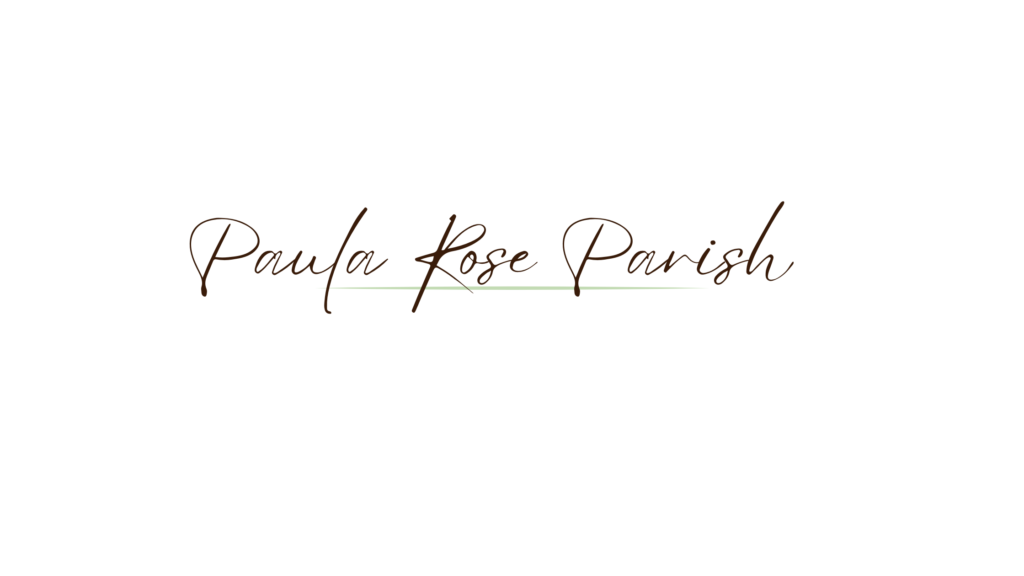
Ensure you subscribe—it’s free. We advocate preventive, holistic care, particularly for women over 50.
In the meantime, Live Life on Purpose Because Your Wellness Matters!
Affiliate Link: Got a YouTube channel? To Get More Views and Subscribers, click this link to get your free TubeBuddy today. https://www.Tubebuddy.com/pricing?a=Wellness4Women
DISCLAIMER: Remember, your safety is our priority. If you’re new to psychological therapy, exercise, nutrition, or fitness or planning to start, it’s crucial to consult your physician. This blog/video is for educational purposes and is not a substitute for professional medical advice or treatment. Your health and wellness matters, so please be safe.
Is the Who-ha about Focus All Bananas?
Is the idea focus all Bananas?? Let’s Find out!
Ask Yourself-
Is eating a banana split or a tofu sandwich on whole-grain bread more enjoyable?
Is it more pleasurable to watch your favourite old movie for the ninth time or to spend that time at the gym?
Choices, Choices, Choices ?
One option is much more enjoyable in the short term but adds to your long-term pain.
The best long-term choices aren’t much fun in the short term. It’s a cruel joke.
This mindset is the primary cause of procrastination.
Instead of asking yourself what would feel good right now, ask yourself what you can do to benefit yourself in the future.
One tofu sandwich instead of a bacon cheeseburger might not significantly impact today, but it will make a massive difference if you make it a habit.
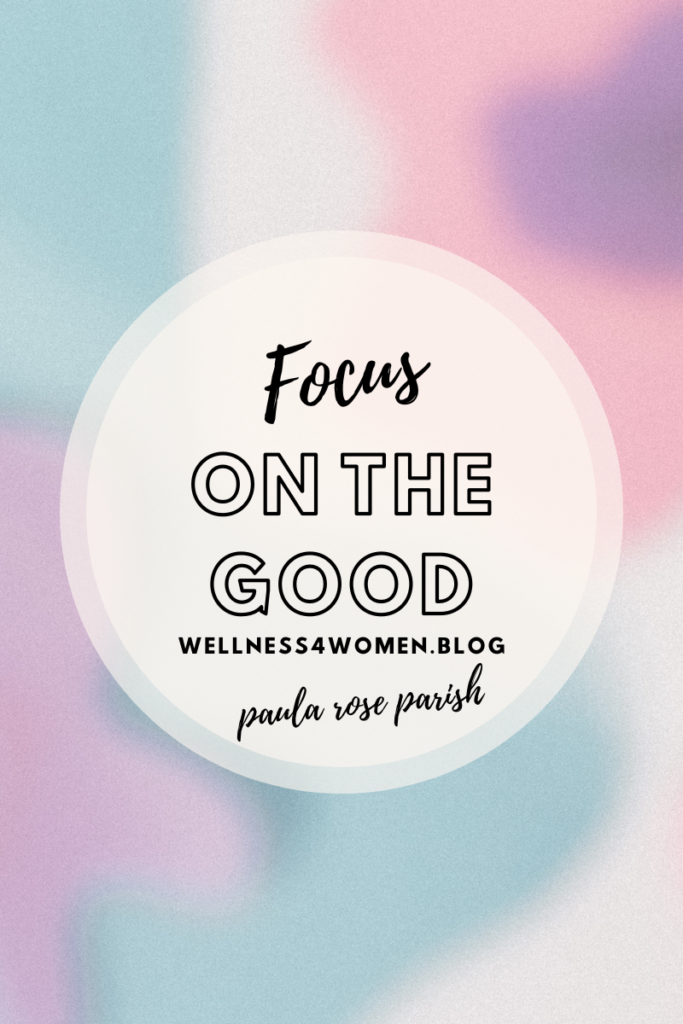
How to Maintain a Long-Term Focus.
Imagine your decision replicated every day for the next five years. What would be the logical result?
Imagine eating that banana split every day for five long years. Will your physique and health improve or worsen? Is the idea of focus all Bananas?
What’s pleasurable in the short term is often detrimental in the long term.
So now, after reading this, I am asking you the question: Is Focus all Bannas?
“You don’t have to be a genius or visionary?—?You just need a framework and a dream.”
- Michael Dell
For More articles like these, Click Here
I hope these strategies are helpful to you.
Ensure you subscribe—it’s free. We advocate preventive, holistic care, particularly for women over 50.

In the meantime, Live Life on Purpose Because Your Wellness Matters!
Affiliate Link: Got a YouTube channel? To Get More Views and Subscribers, click this link to get your free TubeBuddy today. https://www.Tubebuddy.com/pricing?a=Wellness4Women
DISCLAIMER: Remember, your safety is our priority. If you’re new to psychological therapy, exercise, nutrition, or fitness or planning to start, it’s crucial to consult your physician. This blog/video is for educational purposes and is not a substitute for professional medical advice or treatment. Your health and wellness matters, so please be safe.
Why Bother with Personal Development?
Develop your life into what you have always wanted.
Some of my clients ask me why should they bother with personal development. It seems like a lot of work for nothing!
Although it may often seem like hard work with no quick results. Personal development and joy are integral to leading a meaningful and satisfying life.
In my experience, personal development is a continuous journey of self-improvement.
Self-discovery and pursuing personal goals lead to a deeper sense of purpose and contentment.

Understanding Personal Development:
We need to be proactive in our approach to our own development.
Personal development is the conscious pursuit of personal growth. It’s about expanding our minds to self-awareness.
Improving skills and cultivating virtues are crucial to your self-development.
To elevate your self-development, you must set and work towards goals that align with your values and aspirations.
This process is not limited to any single aspect of life but encompasses all areas, including emotional, intellectual, social, physical, and spiritual growth.
Personal development is about becoming the best version of yourself?—?as you see your best self.
It involves learning new skills, gaining knowledge, and improving emotional intelligence. This could mean anything from career advancement to enhancing interpersonal relationships, improving physical health, or cultivating a positive mindset.
Personal development is an effort on your part. It requires self-reflection, commitment, and the willingness to step out of one’s comfort zone.
The Role of Joy:
Joy is living a fulfilled life. Joy is the feeling of satisfaction and contentment that comes from living in alignment with one’s values and achieving personal goals. It is the sense of completeness and happiness.
This arises when individuals feel they are on the right path and progressing toward their life’s purpose.
Joy is deeply personal and varies from person to person. For some, it might be found in a successful career, while for others, it might be in nurturing relationships, creative expression, or contributing to a cause greater than themselves.
It’s important to note that joy leads to fulfilment but is not a destination but a state of being.
It is achieved through the journey of personal development, as one continuously strives to live authentically and meaningfully.
The Interconnection:
Personal development and fulfilment are interconnected.
Pursuing personal development leads to fulfilment.
The feeling of fulfilment encourages further personal growth.
This cycle creates a positive feedback loop where the more one grows.
The more fulfilled you feel, the more fulfilled you feel, the more you seek further growth.
However, the journey is not always straightforward. It often involves overcoming obstacles, facing fears, and dealing with setbacks.
However, we learn and grow the most through these challenges. Each step, whether a success or a failure, contributes to your development and brings you closer to fulfilment.
If your interest has been caught so far, write down these next steps to help you develop your life into what you have always wanted.
Here are Six Practical Steps for Personal Development and Joy:
1. Set Clear Goals: Define what you want to achieve in different areas of your life. Ensure these goals align with your values and passions.
2. Continuous Learning: Engage in lifelong learning, whether through formal education, reading, or new experiences. Stay curious and open-minded.
3. Self-Reflection: Regularly reflect on your experiences, emotions, and actions. This helps you better understand yourself and make informed decisions.
4. Build Resilience: Develop the ability to bounce back from setbacks. Resilience is key to maintaining momentum in your personal development journey.
5. Cultivate Positive Relationships: Surround yourself with supportive and like-minded individuals who inspire and motivate you.
6. Practice Gratitude: Regularly acknowledge and appreciate the positive aspects of your life. Gratitude fosters a positive mindset, which is crucial for fulfilment.
The Take Away
Personal development and fulfilment are lifelong endeavours that require intentionality, effort, and persistence.
Continue to work on yourself and align your actions with core values. You can lead a life of purpose and satisfaction and ultimately achieve a deep sense of fulfilment.
For More Free Articles like these, click here
I hope Why Bother with Personal Development is helpful to you.
Ensure you subscribe- it’s free!
In the meantime,
Live Life on Purpose Because Your Wellness Matters!

Affiliate Link: Got a YouTube channel? To Get More Views and Subscribers, click this link to get your free TubeBuddy today. https://www.Tubebuddy.com/pricing?a=Wellness4Women
How to Stop Changing Your Mind
Stick with your decisions with these 5 Tips
The best way to never gain traction in life is to never make a decision or to constantly change your mind. So, Stop Changing Your Mind!
Do you regularly change your plans? Do you keep changing your mind?
Regularly changing your plans is a great way to feel like you’re doing something without ever making any progress. It’s ingenious!
We all know them- You may be One!
You know the type. The person decides he’s going to medical school. He then decides he’s going to medical school.
He buys a guitar. Then, he decides to become a professional blogger before the first set of strings are worn out. It’s insidious.
This person feels like he’s doing great things. He has big plans, and any of them could work. Yet, they’ll never be fruitful unless he can stick with the plan.
Stick with Your Decisions using 5 Tips- To Stop Changing Your Mind
1. Reflect and realise how constantly changing your mind is ineffective.
It’s no different than starting in Edinburgh and driving three hours toward Bristol.
Then three hours toward London, and then three hours toward Derby. Where do you end up?
Not a place you planned to go or somewhere you want to be!
2. Make a habit of following through.
It’s easier to maintain bigger decisions if you maintain your smaller decisions.
3. Follow through on your plans
When you make plans to meet to meet your friends?—?don’t bow out!.
When you clean the garage, clean the entire garage.
Wash all the dishes, even the crusty frying pan. Avoid leaving it until morning.
4. Imagine a positive outcome.
When you feel bogged down, it’s because the present is uncomfortable.
Turn your attention to the ideal outcome.
The doubt and frustration you’re feeling will melt away.
5. Stay grounded in the present.
You can only change your mind if your mind starts to wander.
Be Mindful- To Stop Changing Your Mind
Pay attention to today. Avoid looking ahead at all the work that lies in the future. Instead, manage each day as it comes.
Don’t expect to make perfect decisions?—?none of us do. Decisions only work out well if you stick with them. To make perfect decisions?—?none of us do. Decisions only work
Persistence is an invaluable quality. Make your decisions. More importantly, avoid changing your mind!
Desire is the key to motivation, but it’s your determination—your commitment to an unrelenting pursuit of your goal—that wins.
Stop changing your mind. Make a commitment to excellence. Then, you will be able to achieve the success you seek.
If you enjoyed this article, click HERE for more free blogs.
I hope these strategies are helpful to you.
Ensure you subscribe—it’s free. We advocate preventive, holistic care, particularly for women over 50.

In the meantime, Live Life on Purpose Because Your Wellness Matters!
Affiliate Link: Got a YouTube channel? To Get More Views and Subscribers, click this link to get your free TubeBuddy today. https://www.Tubebuddy.com/pricing?a=Wellness4Women
Make Decisions Poorly.
Poor decisions are the equal of starting a journey in the wrong direction. You might get there, but it will be a longer journey. You Make Decisions Poorly. This article may be of help.
Make wise decisions and point your life in a positive direction:
Making decisions poorly is only sometimes a path to failure. Those who have never failed- have never made anything.
Consider how a few poor decisions can create significant challenges in your life. And decide and learn to do better.
Trust your gut.
I have fallen on this one. I have failed time and time again to trust my gut, and I have been in very sticky situations all because I failed to trust my heart.
When making big decisions, it’s often best to trust your heart. Be logical with the little choices, but go with your gut when making the big decisions.
Flip a coin.
No, you’re not going to leave a big decision to chance.
Flip a coin and then check your emotions.
Before you look at the coin, you’ll notice that part of you hopes for a particular result. That’s your answer!
Consider your ideal life.
If you don’t have a vision for your life, create one now. I have many blogs on my website to help you to find a mission and vision for yourself- here
Consider where you want to be.
Once you know where you’re going, it’s much easier to choose a path. Align your decisions with that aim.
Do a benefit/cost analysis.
List the pros and cons and make an intelligent decision based on the facts. Think about the short-term and long-term implications. When I made an effort to do this, This has worked for me to make the right decision.
Those who struggle sacrifice the future for a short-term benefit.
List the pros and cons and make an intelligent decision based on the facts. Think about the short-term and long-term implications.
If all else fails
let a wise friend choose for you. Most of us have that friend who lives a charmed life. If you trust them, ask for advice and follow it.
However, don’t try to avoid taking responsibility for your life. But a wise friend can be of great help if you are stuck.
Do you make poor decisions? Most of the challenges you’ve faced started with a poor decision.
I have made MANY poor decisions! But we should never give up, should we?
Be kind to yourself. Respect your decisions. Avoid procrastinating, but make wise decisions. Slowly, your success in life will grow. Remember- Making decisions poorly is only sometimes a path to failure. Those who have never failed- have never made anything.
If you enjoyed this article, Click HERE for more free blogs
I hope these strategies are helpful to you.
Ensure you subscribe—it’s free. We advocate preventive, holistic care, particularly for women over 50.

In the meantime, Live Life on Purpose Because Your Wellness Matters!
Affiliate Link: Got a YouTube channel? To Get More Views and Subscribers, click this link to get your free TubeBuddy today. https://www.Tubebuddy.com/pricing?a=Wellness4Women
How a Mediocre Decision Can Still Lead to Positive Outcomes
You might think that success is challenging and failing is easy. On the contrary, it’s pretty tricky to be unsuccessful consistently. It requires several habits that aren’t easy to create and maintain. So, how does a Moderate Decision Still Lead to Positive Outcomes? How a Mediocre Decision Can Still Lead to Positive Outcomes. Can a mediocre decision be pursued and give good results?
Belief System, Mindset.
Chronic unproductivity also requires an inaccurate belief system. The problem is poor attitudes—in other words, mindset. It takes many years of honing a system that guarantees failure. It’s a skill.
It’s not easy to make short decisions like clockwork. Those who fail are true experts who have mastered their craft.
The good news is that it’s as easy to be successful!
Success requires the same commitment to consistency. It’s only necessary to be consistent with a different set of actions. If ineffectiveness comes to you, you likely have what it takes to be a great success, too.
Are the oversights making you ineffective in life?
If so, you’ll be glad to see easy strategies you can use to reverse these habits!
“Success is not the key to happiness. Happiness is the key to success. If you love what you are doing, you will be successful.” – – Albert Schweitzer —
Fail to Make Decisions
If you’re committed to ending up nowhere, never make a decision. In fact, failing to make a decision is the same as choosing chaos and failure. Life is messy. Not making decisions invites chaos into your life.
To combat the disorder or entropy, one must make decisions and work productively toward them.
A mediocre decision can be pursued and yield good results. Still, you want to aim high and learn to make good ones.
Try these Strategies to Make Decisions.
1. Set a deadline.
Give yourself enough time to decide, and then force yourself to make a choice. The deadline might be one minute or a month, but set a reasonable deadline to gather the necessary information and make a choice.
2. Know your values.
What’s most important to you? Do any of your options resonate more with your values than the others?
3. Know your goals.
Make your decisions in line with your goals, and you’ll rarely make a poor choice.
Do you struggle with making decisions? Progress comes to a halt until a decision is made. Make your decisions well.
Remember: A mediocre decision pursued can also give good results.
I hope these strategies are helpful to you.
Ensure you subscribe- it’s free. We advocate preventive, holistic care, particularly for women over 50.

In the meantime, Live Life on Purpose Because Your Wellness Matters!
Affiliate Link: Got a YouTube channel? To Get More Views and Subscribers, click this link to get your free TubeBuddy today. https://www.Tubebuddy.com/pricing?a=Wellness4Women
How to Cope with Distractions
I want you to know that we’re all on this journey together, and nothing in life is perfect.
The Facts about Binge-Eating and Its Treatment
Binge eating involves more than simply overeating. Binge eating is an eating related disorder associated with uncontrolled eating habits and challenging emotions. To bring a little ray of hope to sufferers and their families. In this post, we briefly look at the Facts about Binge-Eating and Its Treatment.
Binge-Eating Defined
Binge-eating is a medical and psychological condition during which a person eats large amounts of food over short periods of time. Regardless of the signals their bodies send that they’re full, those who binge continue to consume amounts of food that surpass normal portions.
Binge-eating involves more than just eating a double portion of a favourite food. Those who binge might eat two cheeseburgers followed by a half gallon of ice cream and a box of cookies.
Typical Thinking Patterns
One who binge-eats engages in unhealthy thinking patterns, which drive her/him to over-eat.
They might feel powerless to arrest their aggressive eating behaviours.
Even though you might believe a person would feel too ashamed to binge-eat, the fact is that shame can actually emotionally fuel a binge-eating episode.
Experiencing uncomfortable feelings such as self-loathing and shame is a hallmark symptom of someone who’s dealing with binge eating.
Many people who struggle with binging also have distorted body images. They might believe they’re obese when actually they’re within usual weight standards or only mildly overweight.
On the other hand, a person who binge-eats could also weigh considerably more than the weight charts recommend for their height and age.
Many people use purging as a remedy. This condition is called Bulimia.
Although the condition does occur in both males and females.
There is hope???
We must recognise that people who binge can discover optimism and confidence to live successful lives in recovery.
Treatments for Binge-Eating
There is a wide range of effective treatment regimens if you are looking for them. These will help you rise above the condition.
Here are some beneficial treatment avenues:
Self-Help Groups.
Depending on the community, you might have the opportunity to attend self-help groups to reduce or stop incidents of binge eating.
Self-Help groups such as Overeaters Anonymous can provide wonderful, understanding emotional support for people who struggle with binge eating.
Individual Cognitive Therapy.
Attending individual therapy sessions can be pretty helpful for those who require more professional aid.
Cognitive Therapy (CBT) is conducted by a trained therapist who works to confront the individual’s distorted body image, unhealthy thinking patterns, and feelings of shame.
The therapist aids the person in replacing troublesome thoughts with more realistic, healthy, and positive thoughts.
Another way a therapist motivates someone in recovery from this very real medical condition is to encourage the person who binge-eats to surround herself with understanding, supportive family and friends.
Family Therapy.
If the person who’s dealing with binging is a teen, family therapy, in addition to individual therapy, can be a lifesaver for family members who want to better understand what their teen is going through.
If you require more intensive treatment than individual therapy. Family therapy, and self-help group attendance, or intensive day treatment may be an option.
Some programs provide 2 to 6 hours of professional treatments a week. Such treatment typically takes place at eating disorder facilities that give a variety of treatment options that enable individuals on their paths to recovery.
Inpatient Treatment Stay.
Sometimes, the person struggling with binge eating would benefit from voluntarily entering an inpatient treatment facility for a 4-6 week stay.
This kind of therapy provides a 100% supportive physical and emotional environment around the clock to ensure binge-eating behaviours subside and healthy eating habits increase.
Outpatient follow-up treatment to provide much-needed support will be necessary as you transition back into your home environment.
There is Hope!
Binge-eating is a medical/psychological condition that involves eating large amounts of food and experiencing emotional turmoil. People can overcome the challenging behaviours and feelings associated with binge eating to embrace healthy, fulfilling lives.
The key to recovery is recognising the condition – naming it.
Once we identify the problem, we can look for effective treatment while gaining the caring support of friends and family members. Our aim is to live a well-deserved, rewarding life.
I hope these strategies are helpful to you.
Ensure you subscribe- it’s free. We advocate preventive, holistic care.

In the meantime, Live Life on Purpose Because Your Wellness Matters!
Affiliate Link: Got a YouTube channel? To Get More Views and Subscribers, click this link to get your free TubeBuddy today. https://www.Tubebuddy.com/pricing?a=Wellness4Women
Don’t Start a High Protein Diet Until You Read This!
I started a high-protein diet but made many mistakes. After searching YouTube for the answer to my dilemma, I have found the way forward for consistent weight loss and well-being. So, I decided to start a High-Protein Diet—the right way!
Context
Let me back up a little bit and share some context about my high-protein diet. I needed to lose ½ stone, which is 7lb. I have been trying diligently for quite a long time now.
I reduced my calories to 1200, virtually eliminating carbohydrates and concentrating on proteins and low fat. But the problem is that I didn’t finish many of my meals or even reach the 1200-calorie mark because I just wasn’t hungry.
Now, at 69, I understand that as we get older, we do lose appetite. We don’t get hungry like we used to when we were young.
Despite my workout weight regime, cardio schedule, and 10,000 steps per day, I just wasn’t getting hungry. So, I would miss meals and call it intermittent fasting.
Despite my efforts, I was getting bloated, and my weight rose above nine stone. This caused me upset and distress because I saw nothing for my efforts.
I became quite despondent and stopped using the MyFitnessPal app. I used to record my meals in Fitness Pal, but I stopped doing that.
I began to eat when I wanted and any old how.
Understandably, my weight ballooned to another 7lb, which is a considerable amount on my 4-foot 11-inch frame.
Feeling dreadful, I prayed about it and asked God to help me. I began to search for owners online. I eventually came across a Fitness and health expert on YouTube and binged-watched her videos.
Finally, I figured out the problem: why I was putting on weight despite my careful meal and exercise planning.
Through Michelle’s channel, I realised that I wasn’t eating enough.
Although I was eating the right things, I wasn’t eating the correct quantities to sustain my energy levels and build lean muscle. My body became stressed and hung onto every ounce of fat.
Michelle suggested that we should eat even when we do not feel hungry and not wait to feel hungry to eat. She said we must fuel our bodies daily to sustain energy and strength.
So, according to Michelle’s suggestions, I have written a new strength workout regime and meal plan for myself.
I’ve just returned from the supermarket after buying all the food I need, and I’ll keep you posted on how I get on.
But in the meantime, I want to help those who may be in my position.
Perhaps you’re not hungry, you’re not eating, your energy levels are low, you’re tired, or you feel weak. If so, then this blog is for you.
I will also link one of Michelle’s videos about protein and strength training Here.
Why Start a High Protein Diet?

You can lose weight on a high-protein diet. High protein diets can help you lose weight, but are there any hidden costs? Take a look at what medical experts have to say about the pros and cons of eating more protein.
1. Understand your needs. The average American gets about 16% of their daily calories from protein, which is slightly more than the minimum Recommended Dietary Allowance of 10%. While diets like Atkins advocate consuming as much as 50% protein, most experts suggest sticking to a range of 15 to 35%.
2. Feel full. Protein does suppress your appetite, so you’re less likely to feel hungry. This will stop you from consuming junk food. You may still need other weight loss strategies if you’re dealing with issues like emotional overeating or lack of physical activity.
3. Switch your calories. Naturally, you’ll gain weight if you add more protein to your usual fare. Try replacing sugary foods with high-protein snacks like roasted chickpeas.
4. Choose wisely. Look for lean protein sources, and limit processed meat. Good options include fish, beans, eggs, low-fat dairy products, and skinless poultry. There are plenty of choices for both vegetarians and meat eaters.
5. Eat vegetables. Aim for at least seven small servings of fresh vegetables and fruits a day. They’re usually high in nutrients and low in calories, and most contain some protein.
6. Drink water. Extra protein can leave you feeling dehydrated. Carry around a water bottle and drink tea.
7. Spread it out. Your body uses protein more efficiently if you include it in each meal and snack rather than waiting for dinner. Enjoy an omelet or fish sandwich for breakfast. Snack on yoghurt and nuts.
8. Make lasting changes. To keep weight off, you’ll need to make lifestyle changes you can maintain for years. A diet with a variety of foods is safer and easier than an extremely high protein regimen.
Other Considerations for a High-Protein Diet
1. Take extra care. A little extra protein is safe for most adults, but some conditions require precautions. Very high protein intake may aggravate kidney troubles or contribute to osteoporosis.
2. Adjust for life changes. There are also times when you may need more protein, including pregnancy and old age. Extra protein can slow down muscle loss for seniors, which interests me as I am a senior. Sadly, many older people become frail due to insufficient protein.
3. Muscle up. Regardless of your age, protein also helps muscle recovery after vigorous workouts, especially if you lift weights. If you spend a lot of time at the gym, you may need to aim for the upper range and get 20% to 35% of your calories from protein.
4. Focus on whole foods. Protein bars are convenient, but many brands have as much sugar as a candy bar. Read the labels, and save them for special occasions like travel. Quick salads and stir-fries will provide more nutrients almost as quickly when you’re at home.
5. Save your money. Manufacturers know that protein is popular now, so supermarkets are full of high-protein breakfast cereals and peanut butter. If the prices look expensive, rest assured that you can easily meet your protein needs with less expensive foods like eggs and tofu.
6. Talk with your doctor. Your doctor can advise you about protein consumption and weight loss strategies appropriate for your individual needs.
Ask for a referral to a nutritionist if you want more information.
A balanced diet and daily exercise are still the ideal ways to manage your weight. Foods rich in protein can help you feel full with fewer calories, especially if you choose lean versions, and eat them in combination with complex carbohydrates and healthy fats.
I hope ” my article on High Protein Diet is helpful to you.
If so, let me know in the comments. For more articles like these, click here.
I hope these strategies are helpful to you.
Ensure you subscribe- it’s free. We advocate preventive, holistic care.

In the meantime, Live Life on Purpose Because Your Wellness Matters!
Affiliate Link: Got a YouTube channel? To Get More Views and Subscribers, click this link to get your free TubeBuddy today. https://www.Tubebuddy.com/pricing?a=Wellness4Women
Better Mental and Physical Health Strategies.
The pursuit of better mental and physical health involves adopting habits, practices, and mindsets that support holistic wellness.
How to Find the Way through Life’s Challenges
Find the Way through Life’s Challenges With a Positive Mindset.
We all know that life is full of challenges ranging from everyday stressors to significant hardships that can test our resilience and resolve. So, today’s question is, how do you find the way through life’s challenges?
How we cope with these challenges is largely determined by our mindset.
The attitudes, beliefs, and mental frameworks we bring to difficult situations determine the outcome.
Here, we discuss how Developing a robust and adaptive mindset is crucial for effectively finding a way through life’s challenges and navigating life’s ups and downs.
This article will help you foster resilience and ultimately emerge stronger from adversity. So, Let’s Get started!

Understanding Mindset and Its Impact
Mindset is the lens through which we view the world and interpret our experiences.
Our mindset shapes our responses to challenges and influences our emotional and psychological well-being.
Psychologist Carol Dweck popularised a “fixed” versus “growth” mindset.
A fixed mindset assumes that abilities and intelligence are static, leading to a fear of failure and avoidance of challenges.
In contrast, a growth mindset embraces challenges as opportunities to learn and grow, viewing failure as a stepping stone to success.
A growth mindset is invaluable when it comes to coping with life’s challenges. It fosters resilience, adaptability, and a proactive approach to problem-solving.
Individuals with a growth mindset are more likely to persevere through difficulties, learn from setbacks, and maintain a positive outlook even in the face of adversity.
The Role of Resilience
Resilience is the ability to bounce back from adversity, adapt to change, and keep moving forward despite difficulties. It is closely tied to mindset. A resilient mindset enables us to view challenges as temporary and surmountable rather than insurmountable obstacles.
Resilient people focus on what they can control rather than what they cannot.
Resilient people maintain a sense of hope and optimism even in tough times.
Building resilience involves several key practices:
Acceptance:
Acknowledging that challenges and setbacks are a natural part of life is the first step in coping effectively.
Acceptance does not mean resignation but rather a realistic understanding of the situation, which allows for more effective problem-solving.
Emotional Regulation:
Managing emotions is crucial in maintaining a balanced mindset during challenging times.
Techniques such as mindfulness, deep breathing, and meditation can help calm the mind. Mindfulness reduces stress, making it easier to respond thoughtfully rather than react impulsively.
Positive Reframing:
Reframing negative situations in a more positive or neutral light can reduce their emotional impact. Instead of viewing a failure as a disaster, one might see it as a learning experience that provides valuable insights for future efforts.
Problem-Solving Skills:
An effective mindset for coping with challenges includes strong problem-solving skills. These skills involve breaking down challenges into manageable parts. Parts like brainstorming potential solutions and taking decisive action will address the issue.
The Importance of Self-Compassion:
I know I have previously mentioned self-compassion. The topic of self-compliance frequently appears in my blogs and videos.
Coping with life’s challenges involves being strong and resilient and being kind and compassionate toward oneself.
Self-compassion means treating oneself with the same understanding and care that one would offer a friend facing a similar situation. It involves recognising that suffering, failure, and imperfection are part of the human experience.
Self-compassion helps us to avoid the trap of self-criticism and negative self-talk.
Negative talk exacerbates stress and makes challenges seem even more daunting.
Instead, it encourages a supportive internal dialogue, fostering resilience and a more balanced perspective on difficult situations.
For More Articles like this One- Click Here.
I hope Find the Way through Life’s Challenges is helpful to you.
Ensure you subscribe- it’s free.
In the meantime,
Live Life on Purpose Because Your Wellness Matters!

Affiliate Link: Got a YouTube channel? To Get More Views and Subscribers, click this link to get your free TubeBuddy today. https://www.Tubebuddy.com/pricing?a=Wellness4Women

